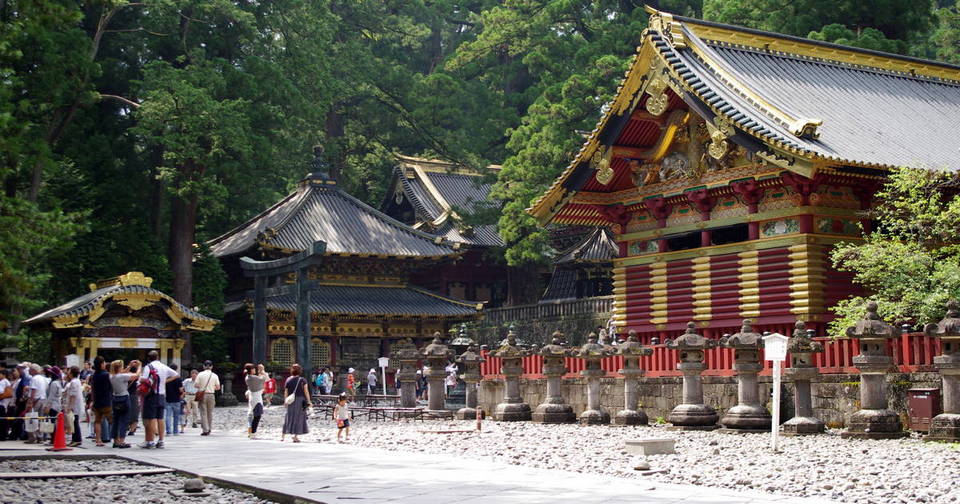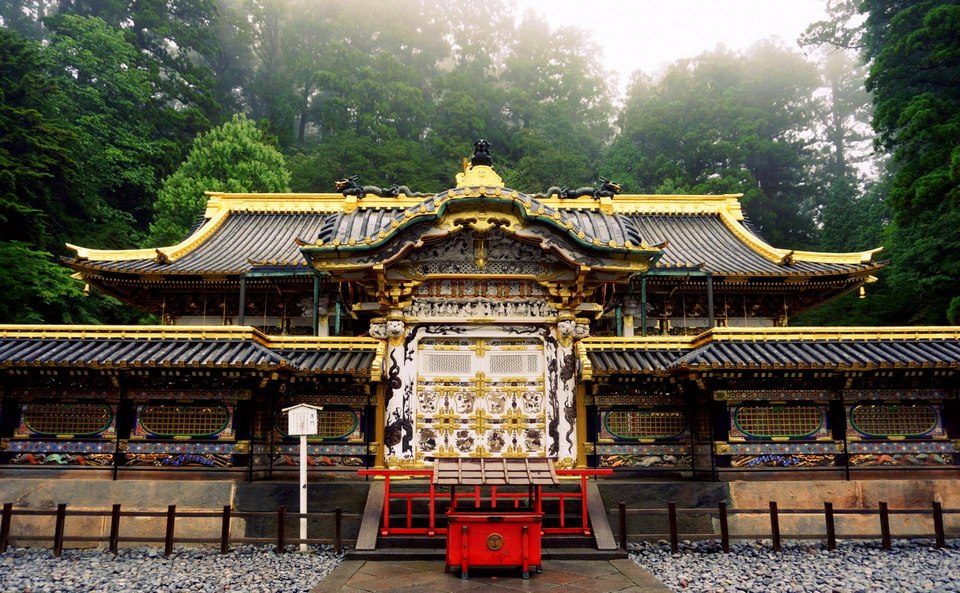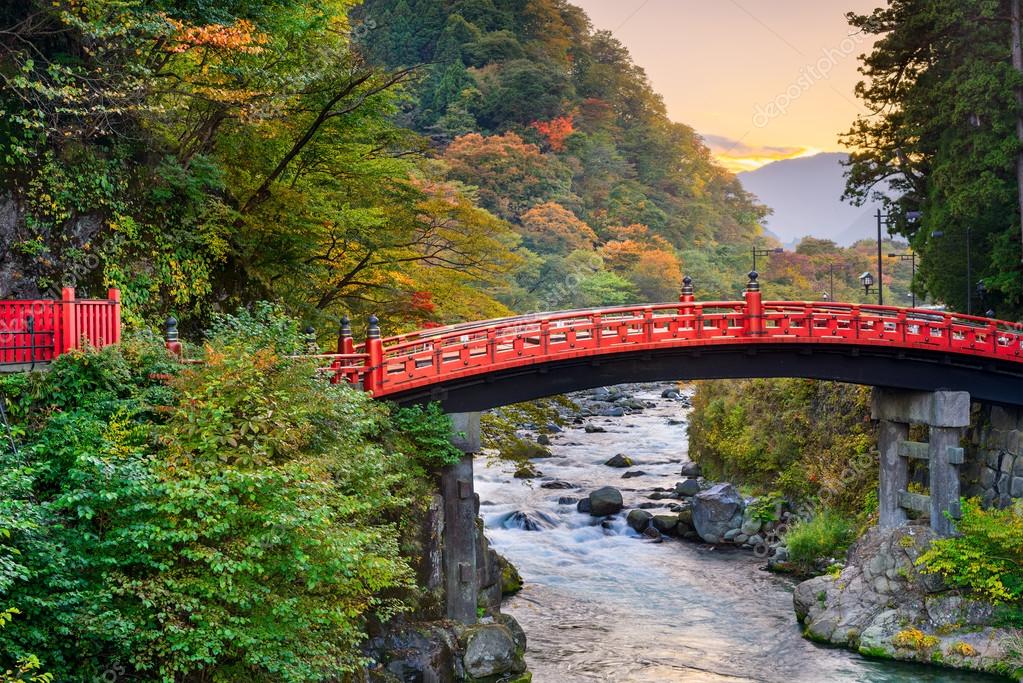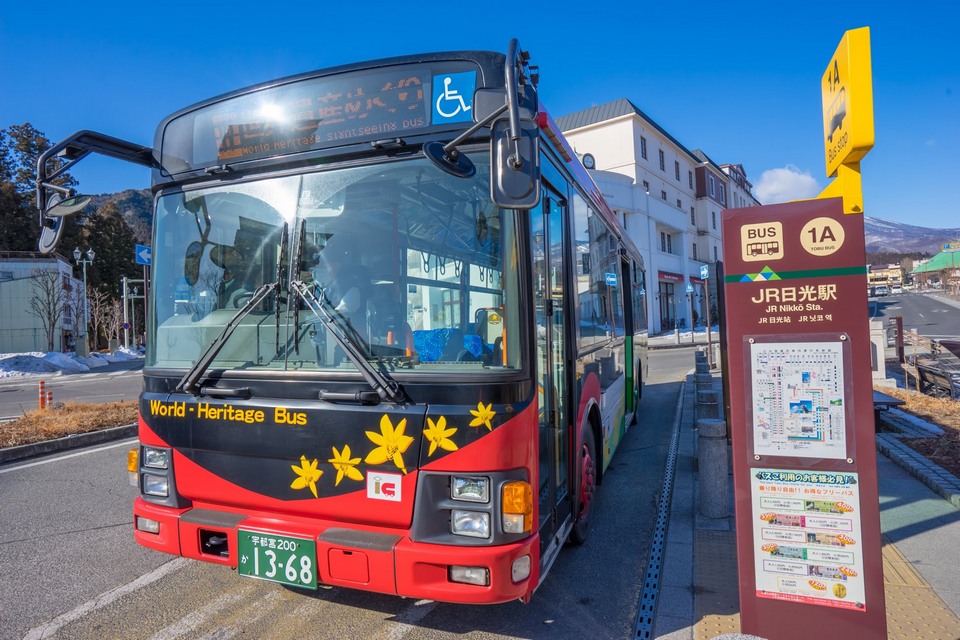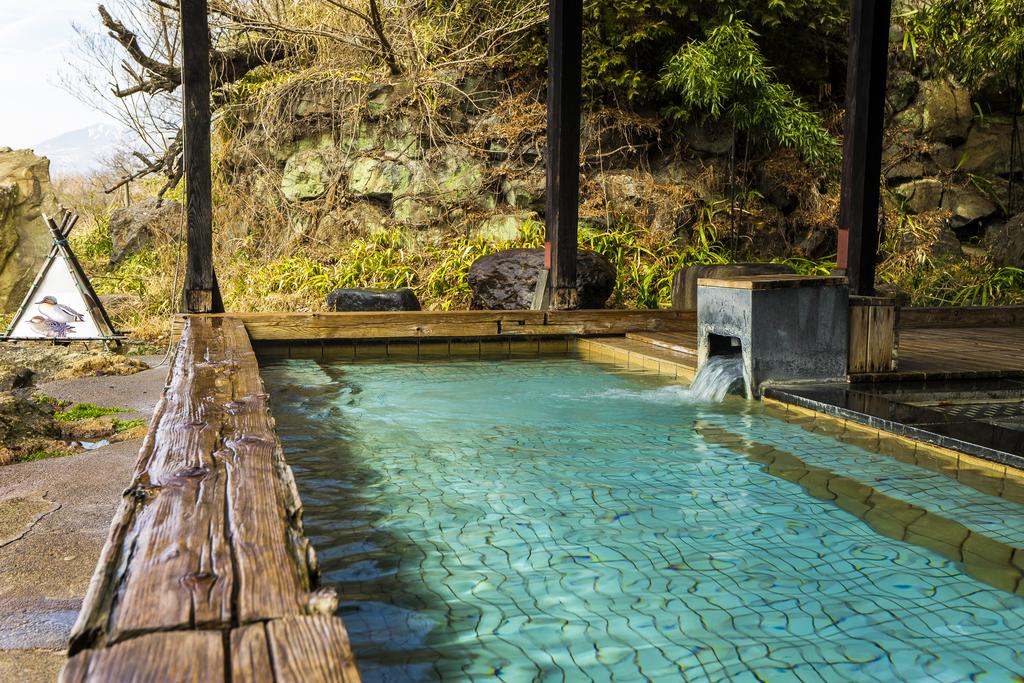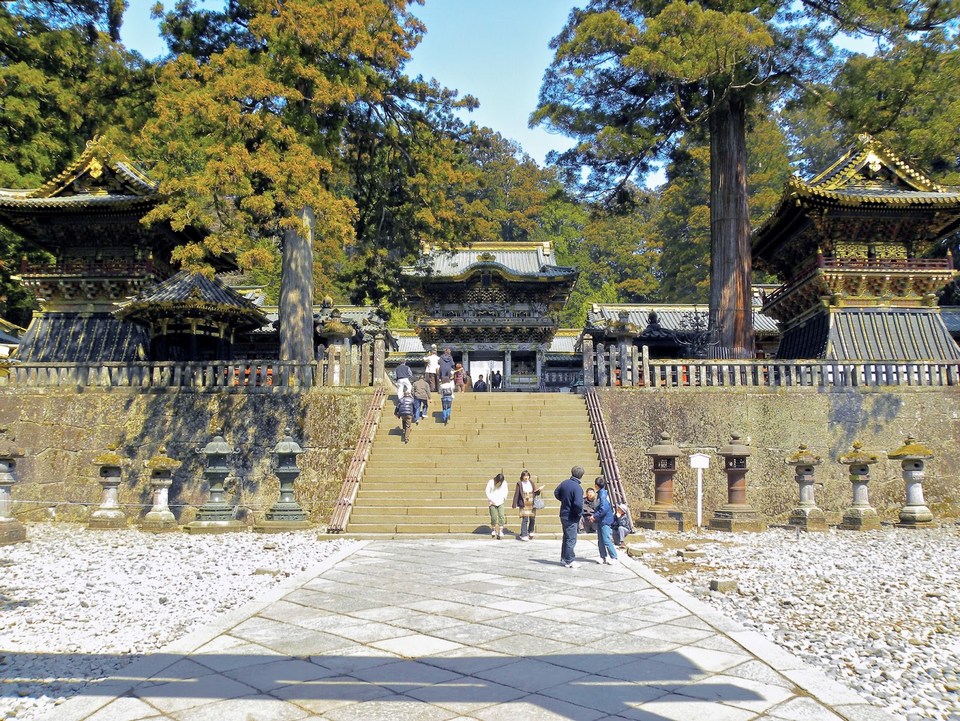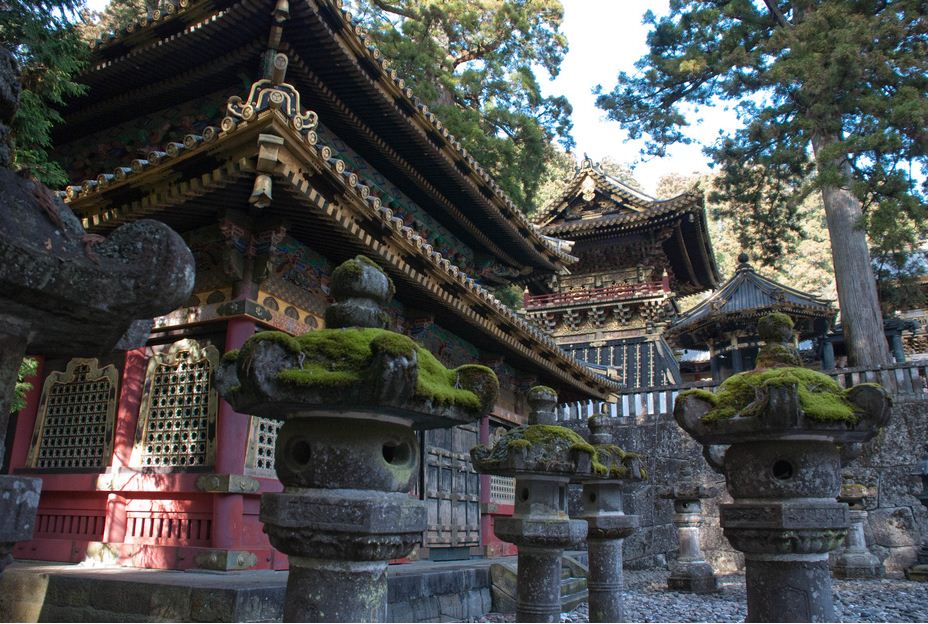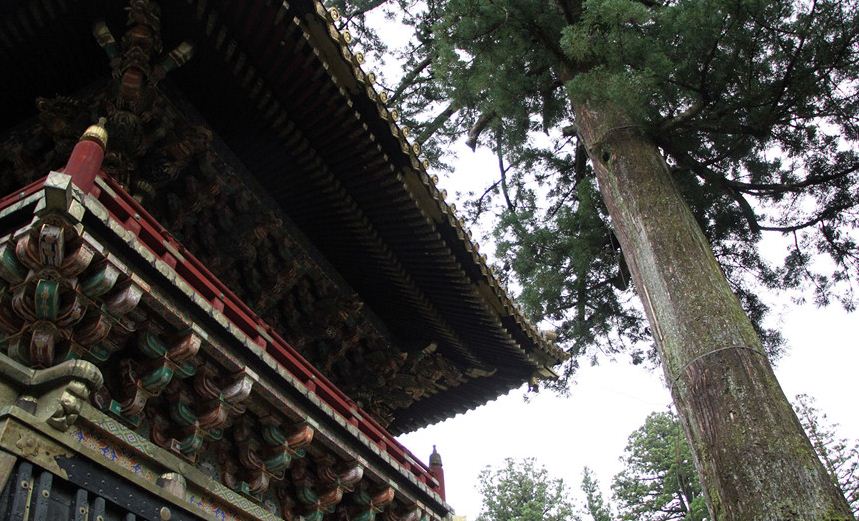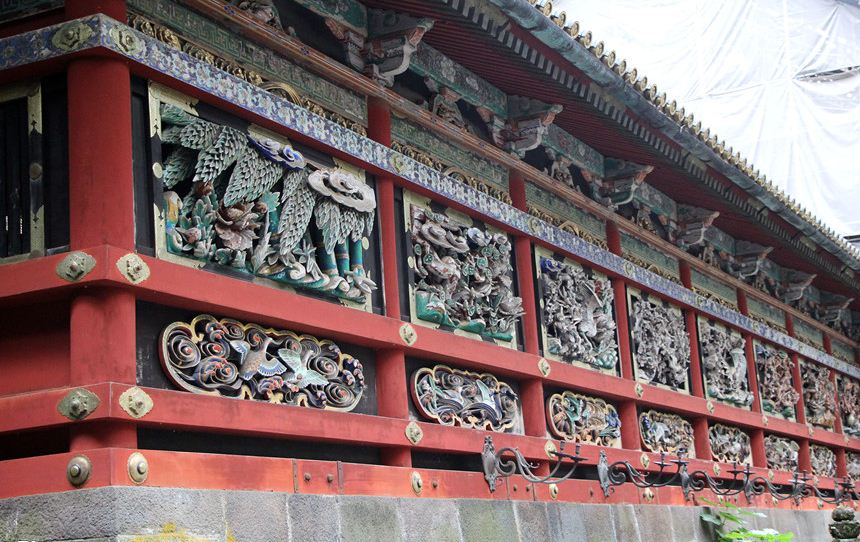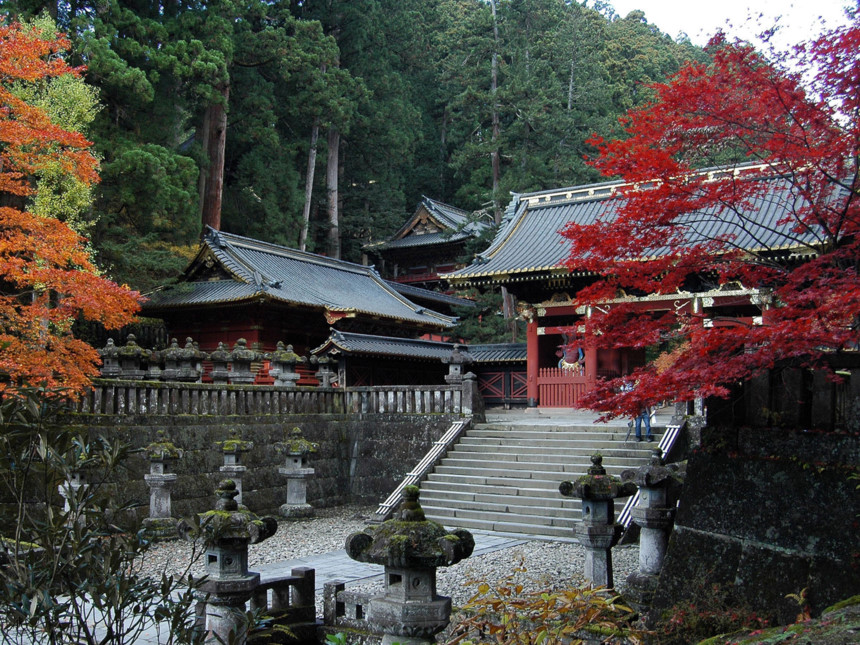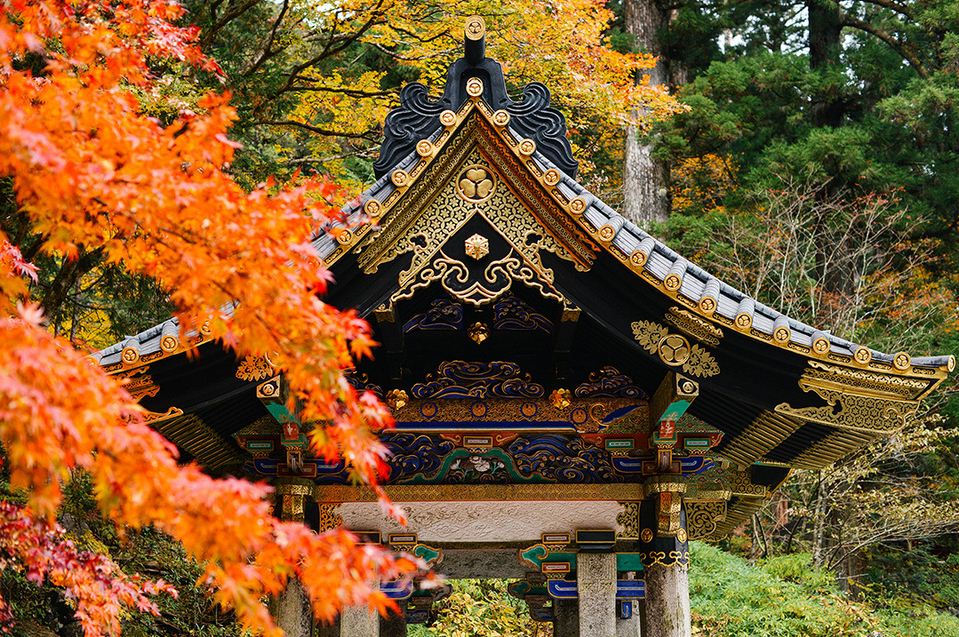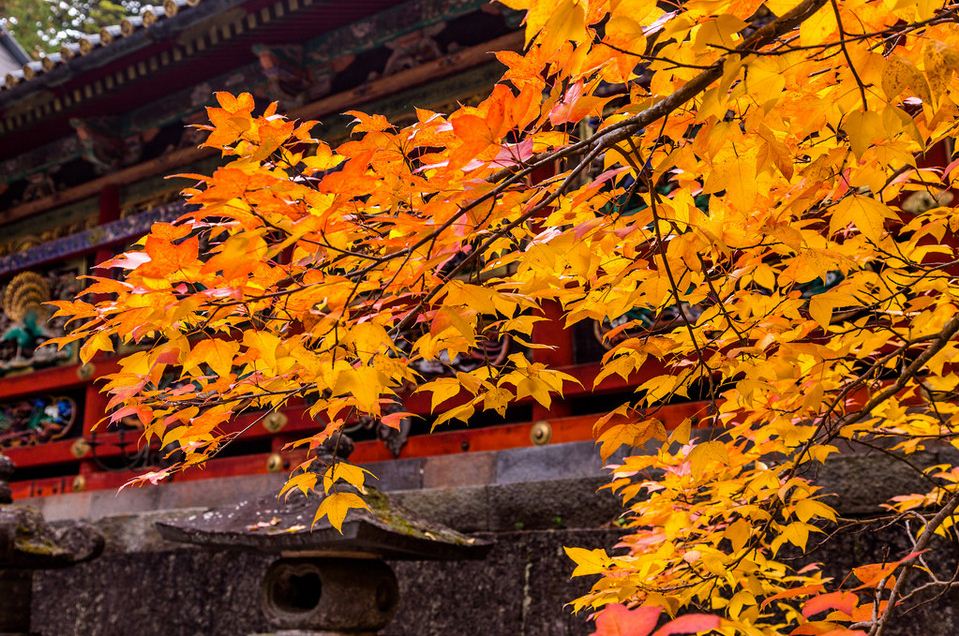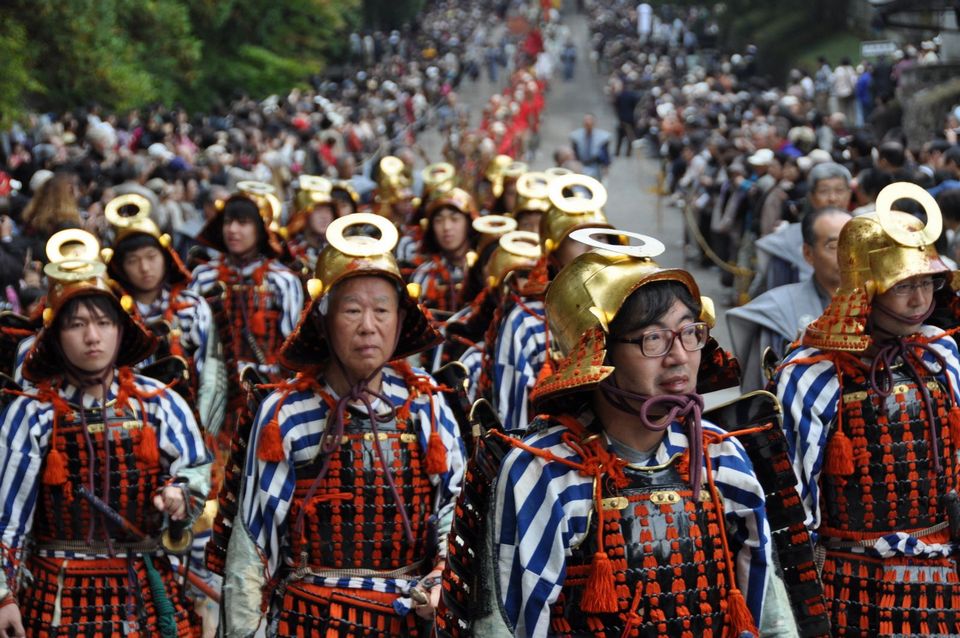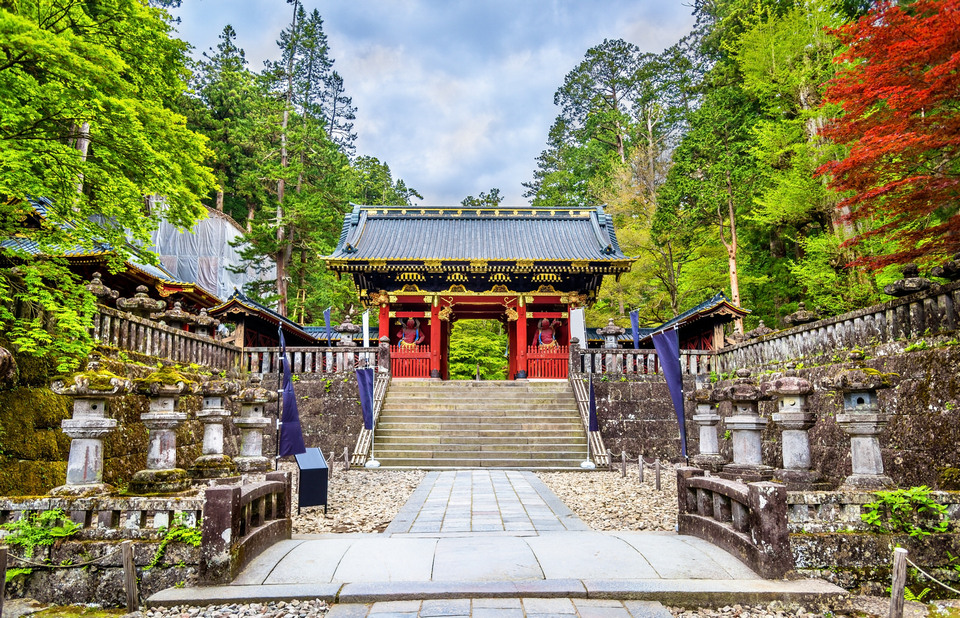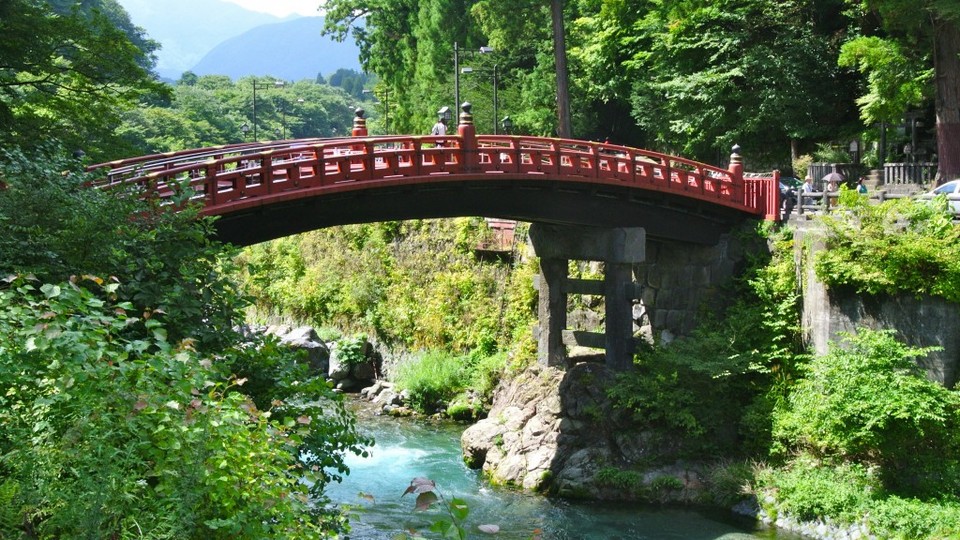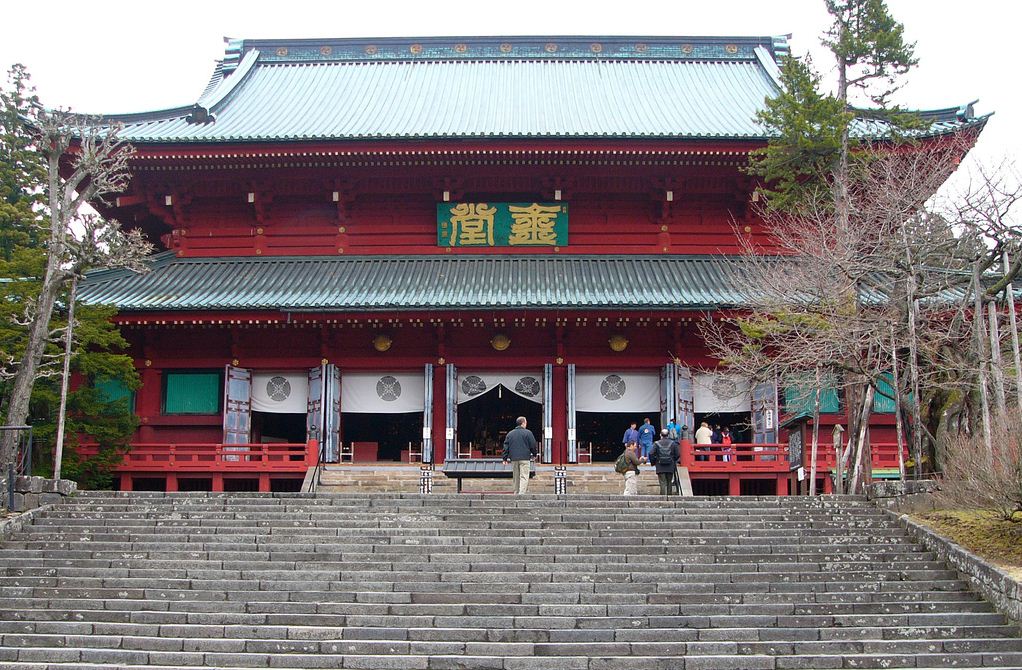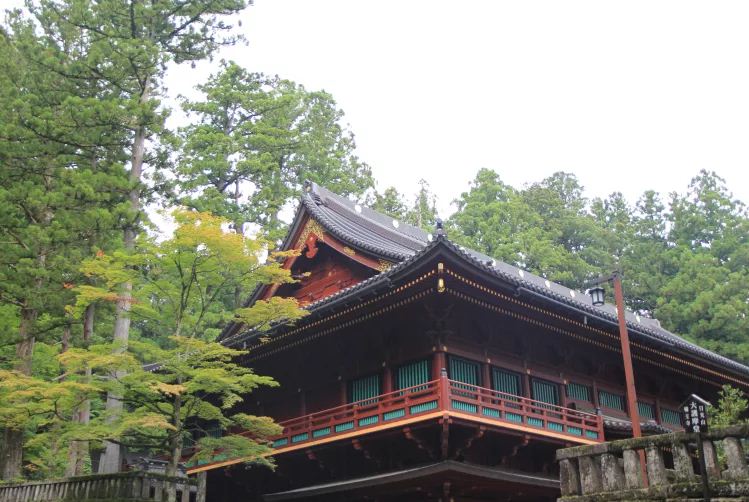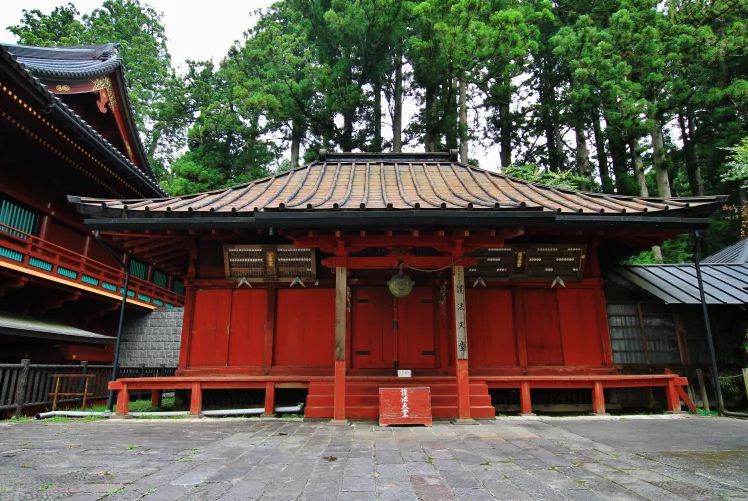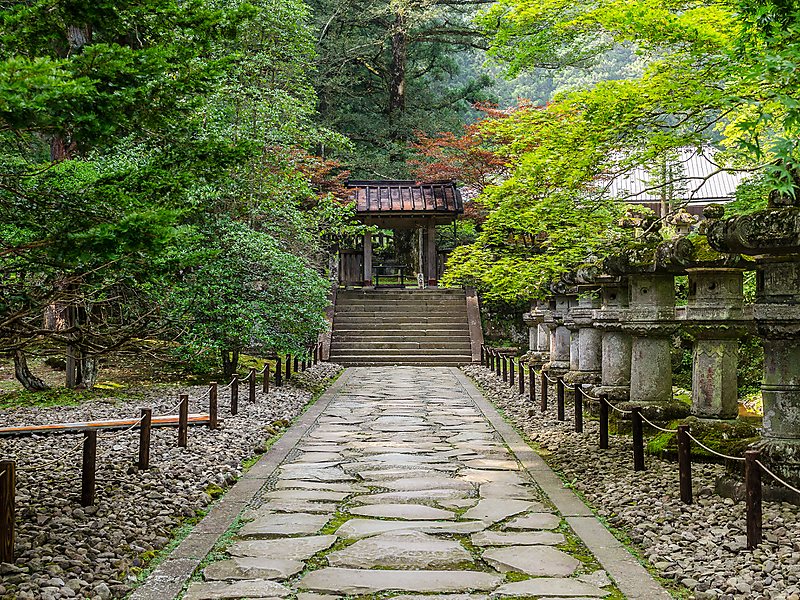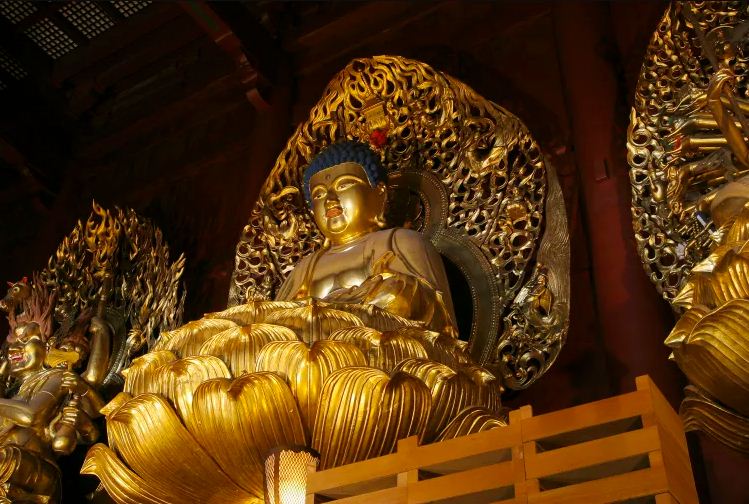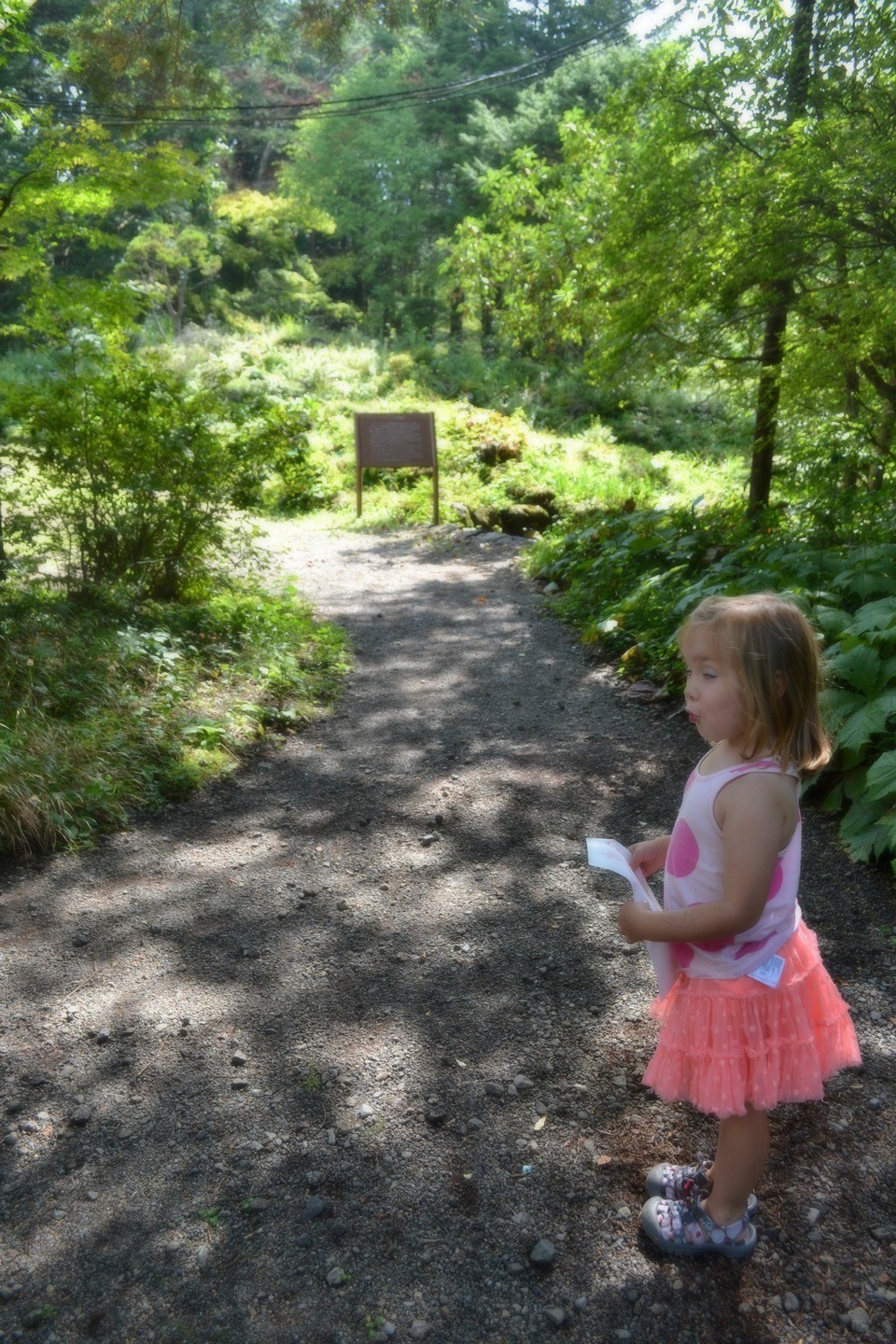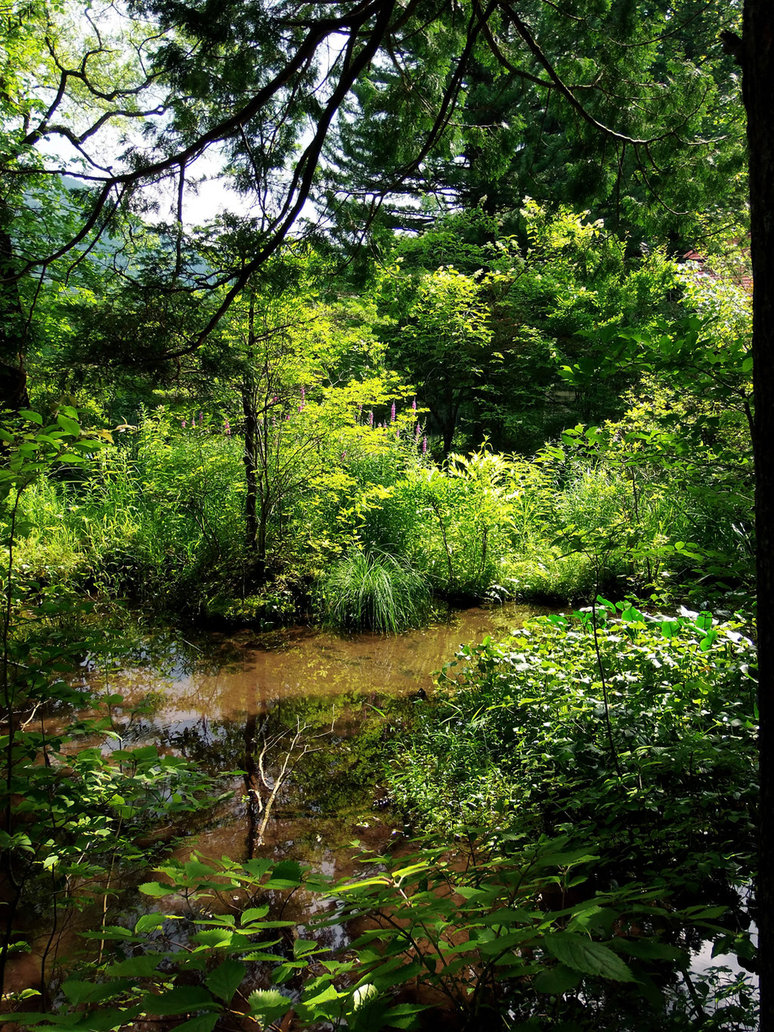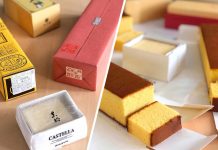Nikko is one of the most famous and beautiful tourist destinations in Japan with a history of over 800 years, not only rich in natural scenery but also with long-standing sacred relics. This is a place of convergence of many scenic spots of Japan with mountains, lakes, forests and hot springs.
- Nikko blog — How to get to Nikko, Nikko places to visit & what to do in Nikko?
- Sapporo weekend itinerary — How to spend 36 hours in Sapporo at the weekend?
- Osaka itinerary 3 days — Suggested Osaka itinerary 3 days & what to do in Osaka for 3 days?
- What to buy in Japan? — Top 23+ must-buy souvenirs & best things to buy in Japan
- Tokyo itinerary 3 days — How to spend 3 days in Tokyo & what to do in Tokyo in 3 days?
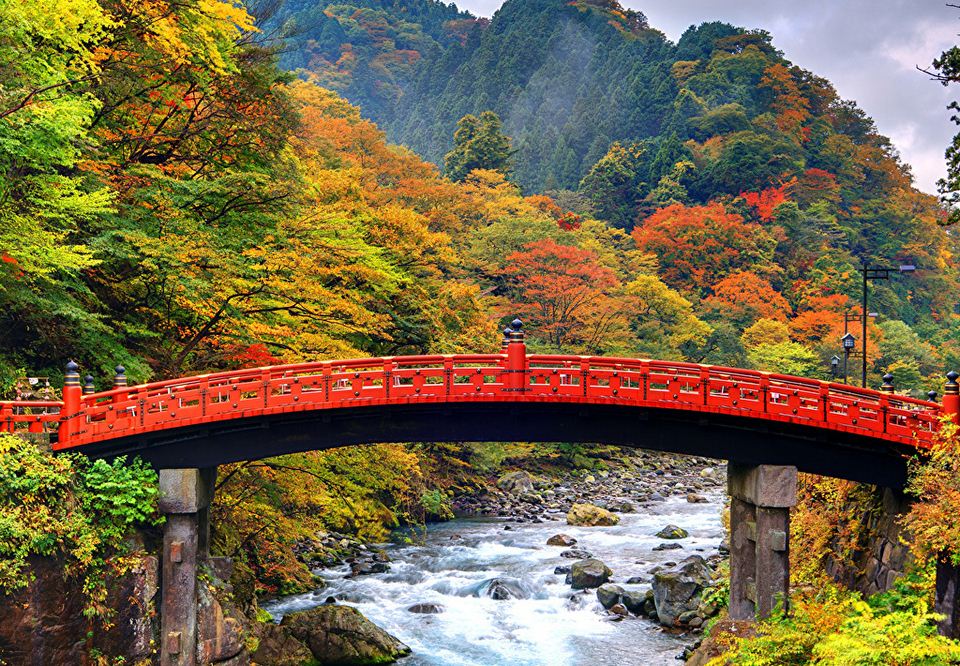

So, is Nikko worth visiting, how to visit Nikko, what to do in Nikko and how to plan a budget trip to Nikko for the first-time perfectly? Let’s check out our Nikko travel blog (Nikko blog, Nikko japan blog) with the fullest Nikko travel guide (guide to Nikko, Nikko tourist guide, Nikko city guide, Nikko guide, Nikko Japan guide) from how to get to Nikko, best places to visit, best time to come, what to eat as well as top things to do in Nikko to help you maximize your trip as follows!

Nikko is an ancient city located in Tochigi Prefecture, in northern Japan, about two hours drive from Tokyo. One of the points of interest that attracts many visitors is the ancient temples, shrines, pagodas were built by top painters, architects, and craftsmen all over Japan, extremely elaborate and unique. In 1999, Nikko Pagoda, Nikko Toshogu Shrine and Rinnoji Temple, Lake Chuzenji were recognized by UNESCO as world cultural heritages.
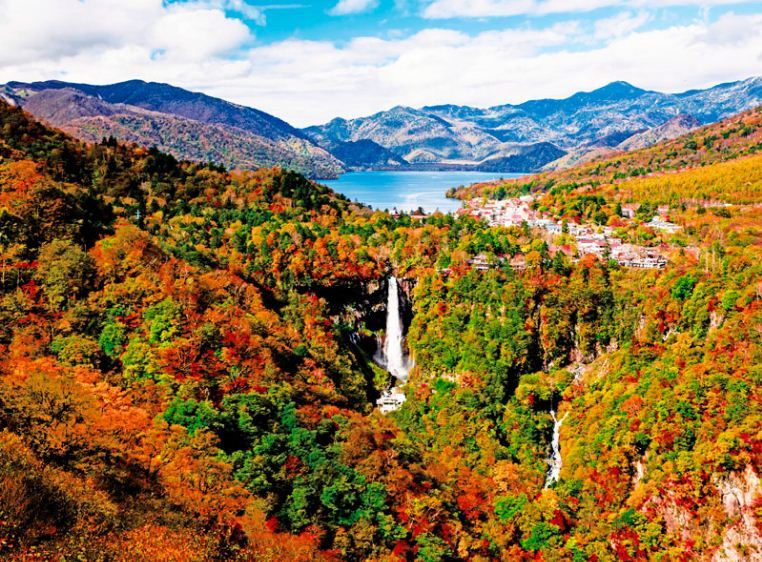

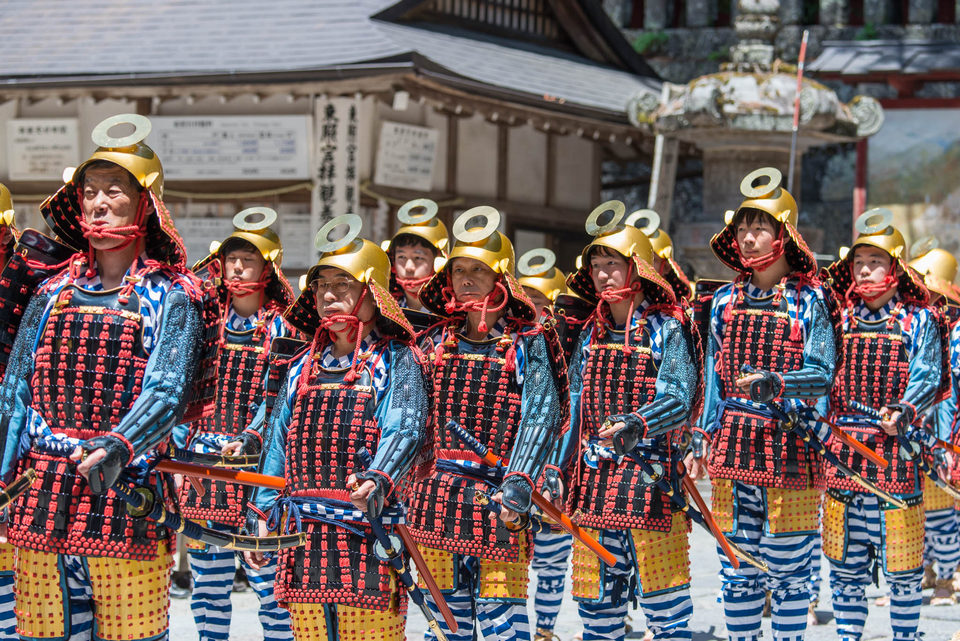
If you feel so overwhelmed with the bustling, busy life of Tokyo, you can “escape” to Nikko to feel the peace and harmony in nature as the wonderland at here. It sounds to a little bit fluttering, but when you visiting Nikko, sure you will have to say “What a beautiful!!!”.
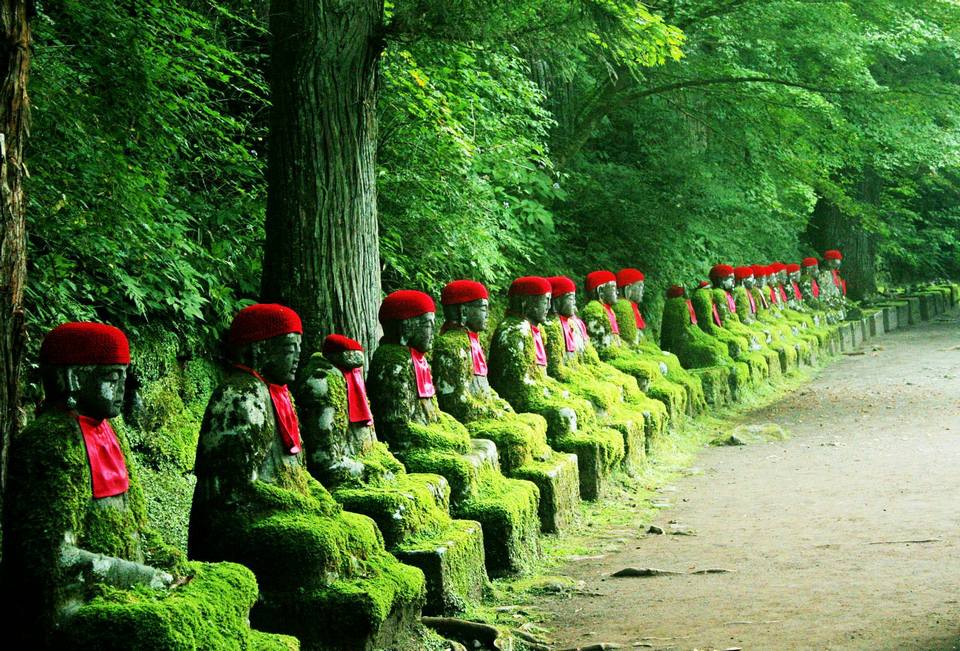
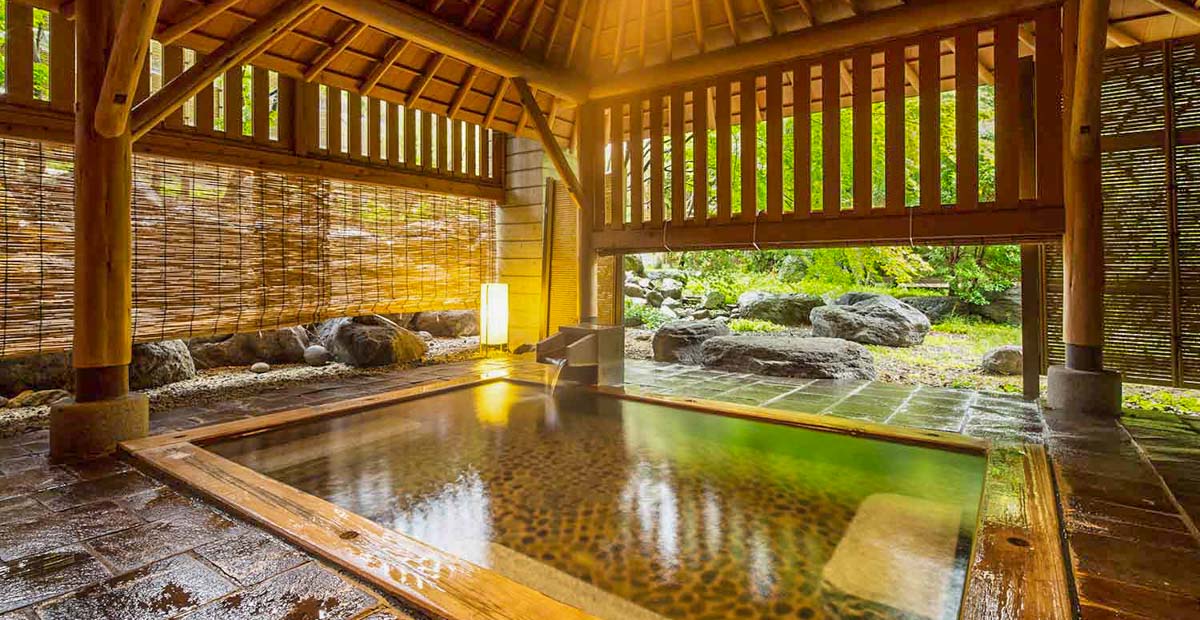
Nikko travel blog: When is the best time to visit Nikko?

The weather in Nikko is quite similar to the northern islands of Hokkaido although Nikko is closer to Tokyo than Hokkaido. If you want to climb mountains to enjoy the cool and fresh air, summer is the best time to visit Nikko. The temperature in Nikko is relatively cool because it has a wet continental climate, which is favorable for year-round travel. If you want to watch the snow, you can visit Nikko in the winter from December to February. Autumn leaves let you enjoy the romantic scene, extremely beautiful and cool weather, little rain.

The best time to go to Nikko is in the spring and fall, especially when the weather turns to autumn, cold air flowing to where, the leaf carpets also changes colors follow too. Leaves may be yellow or bright red, each tree has its own beauty. To admire the lush red leaves, temples and shrines that nested deep in the jungle, no where can be compared to Nikko.

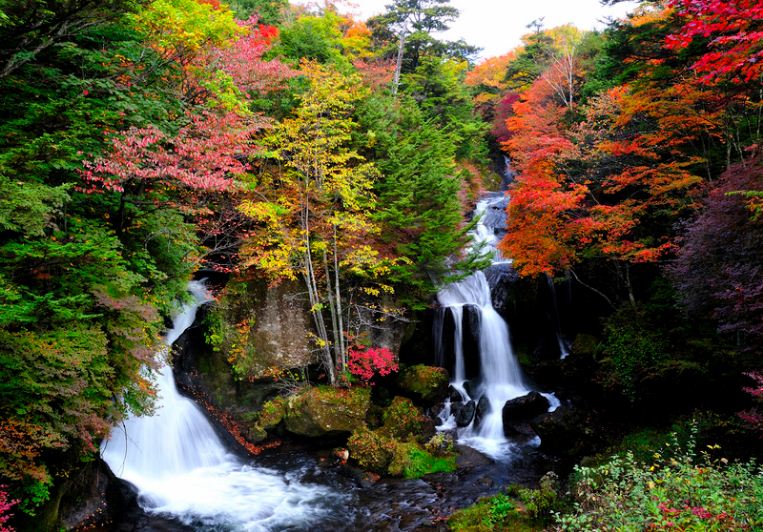
Nikko travel blog: How to get to Nikko from Tokyo?
By Public Transport
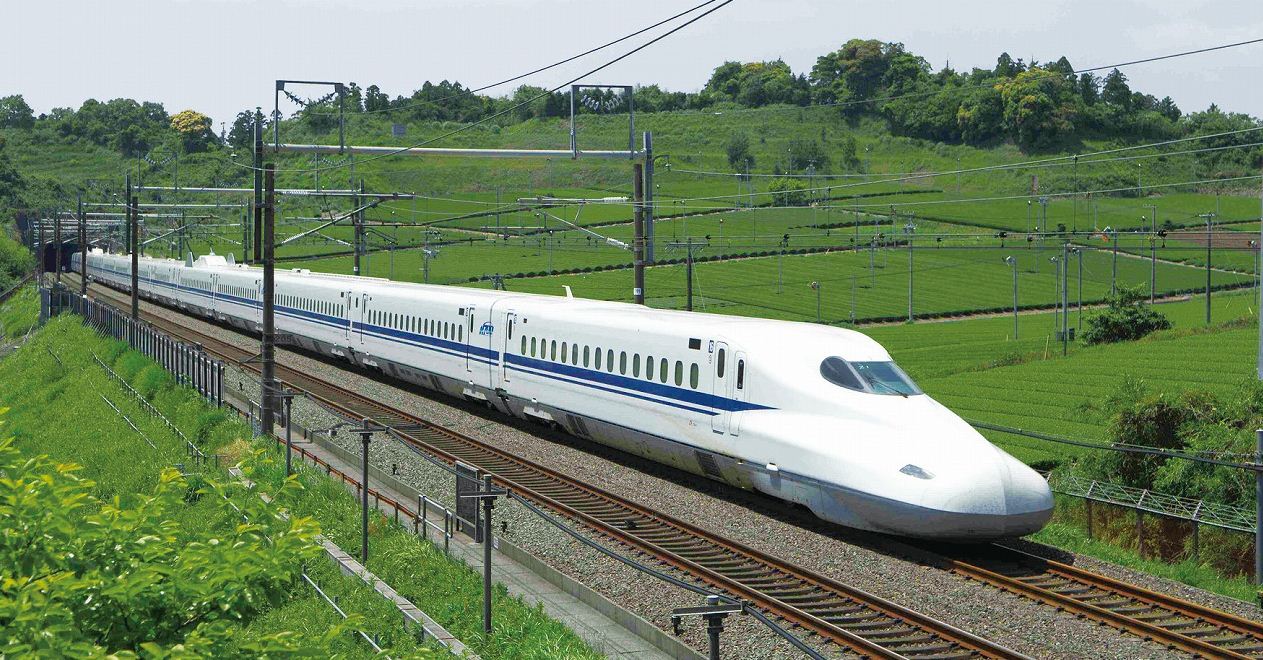
If you are familiar with the trains or cars system as well as confidence in your ability to find your way then you can getting to Nikko by public transport. Tokyo and Nikko are connected by 2 companies of the Tobu Railway and Japan Railways (JR) rail lines.
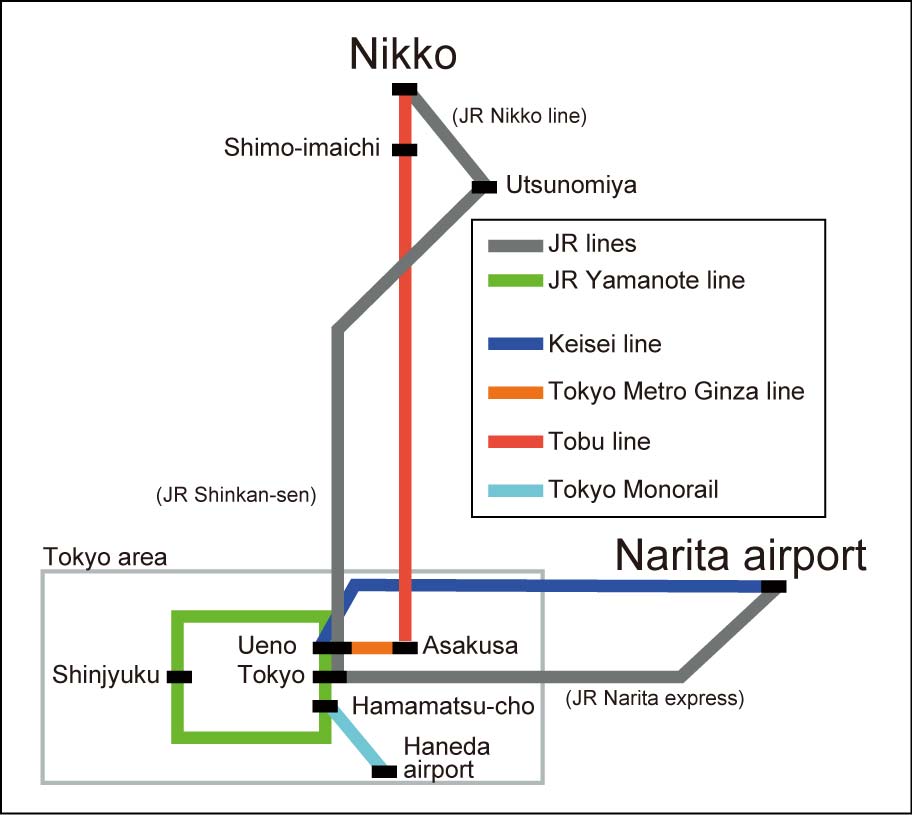
Tobu Railway
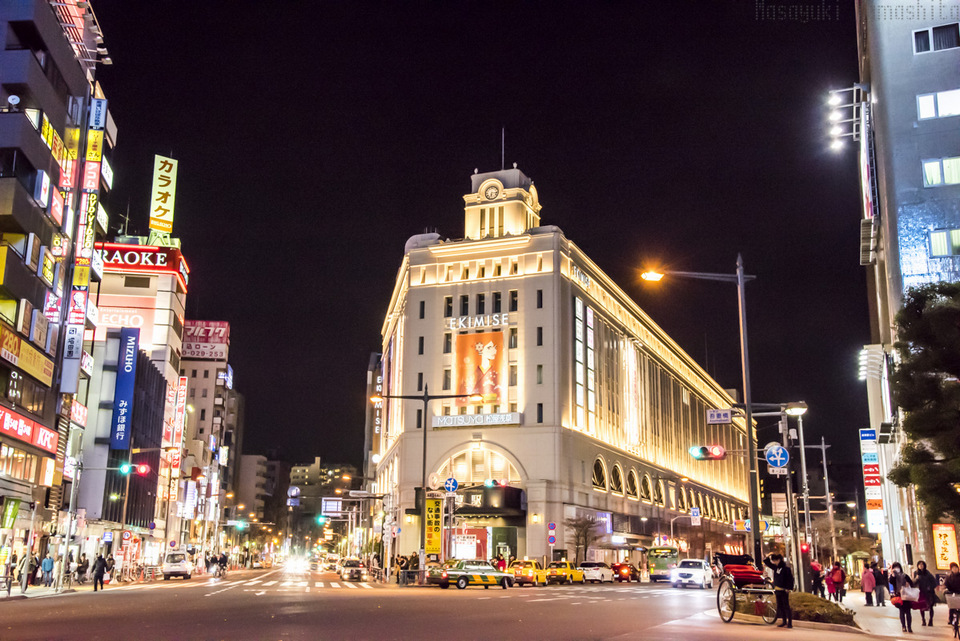
Tobu Railway Station to go to Nikko from Tokyo is Tobu Asakusa Station, you can reach here by metro (Ginza and Asakusa Subway Lines). You have 2 options for express train or regular train.

- Express trains: (only one or two trip/day) run from Asakusa Station to Tobu Nikko Station (¥2500/trip)
- Regular trains: The costs are generally half cheaper than express trains (¥1360/trip) but you have to spend more 30 minutes to get to Nikko.
JR Pass
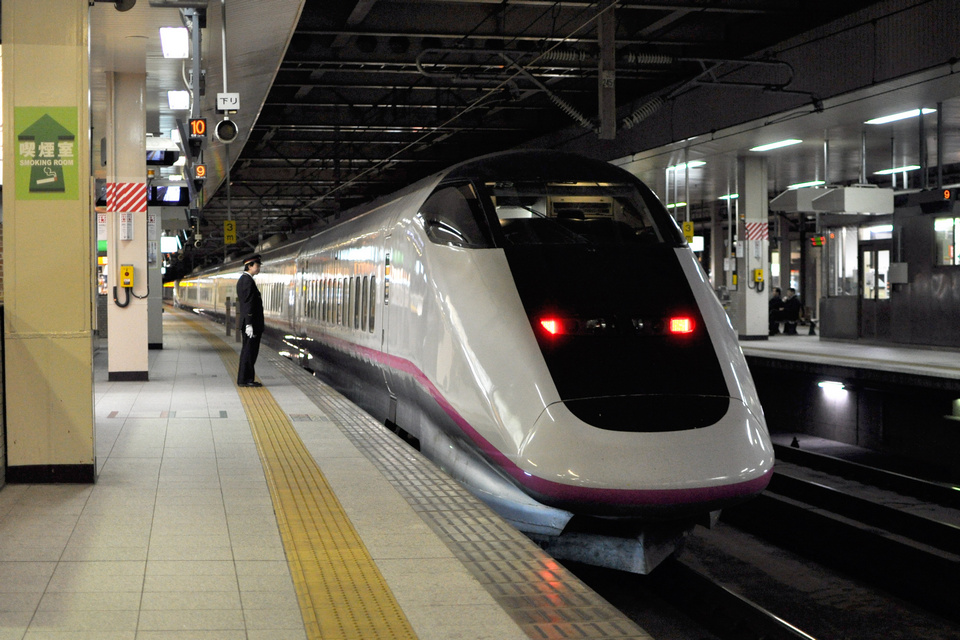
Take JR Tohoku Shinkansen (from Tokyo or Ueno Station) to Utsunomiya Station and change to JR Nikko line. It’s take about 1 hour 30 minutes. If you had a JR Pass, let’s should be used it, because it will be much cheaper. If you buy retail tickets, it costs 10,000 yen (about $90) while buying JR Pass All Japan (about $250). You can move freely in all Japan without worrying about any destinations. Read more: JR Pass — Top 11 things about Japan Rail Pass you need to know.
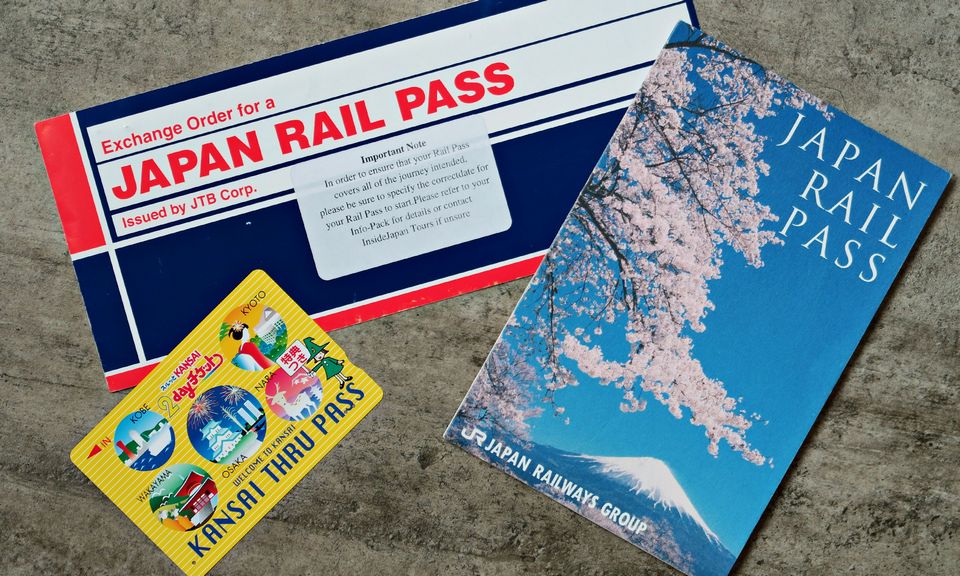
Getting around Nikko
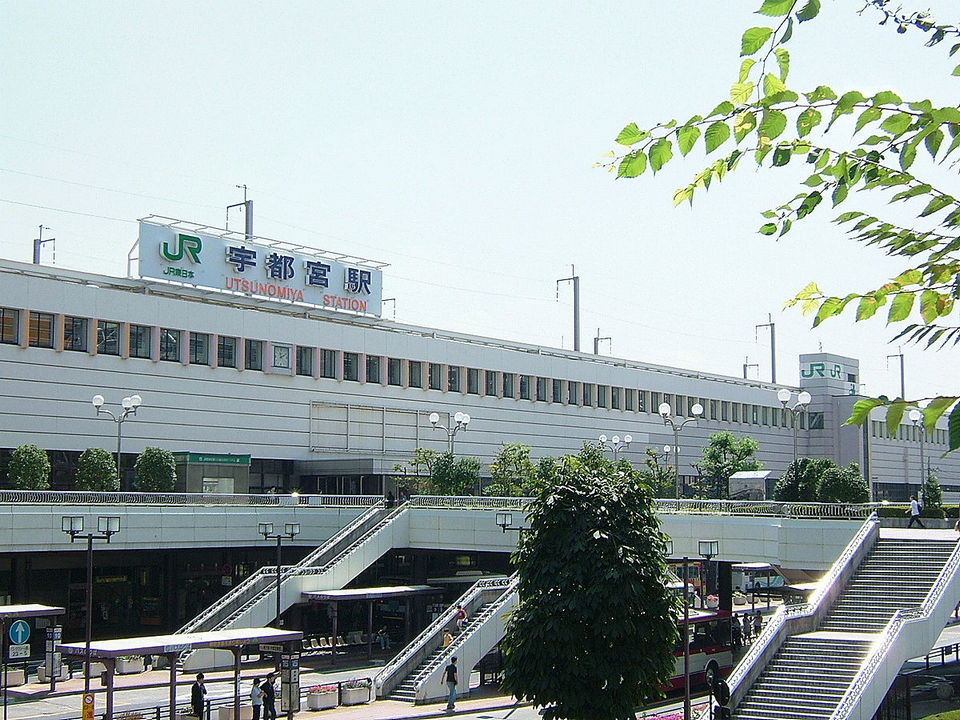
From Nikko Station to the temples area.
Approximately 2 km, you will have to travel by bus to visit the places in this city. Every 10 minutes there will be a trip, cost about ¥310, or you can buy a day pass for only ¥500. Note that this is just only a ticket from Nikko Station to the temples area.
From Nikko Station to Okunikko area
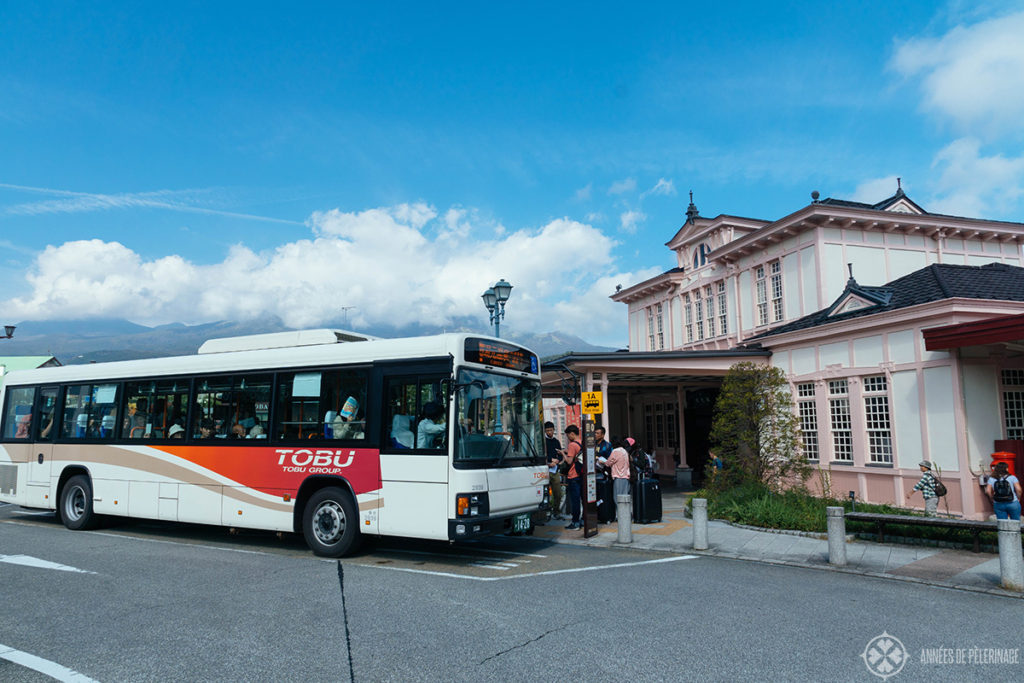
- To Chuzenji Lake: ¥1150/trip (It takes about 50 minutes)
- To Kinugawa, take the Tobu Kinugawa Line, stop at Kinugawa Onsen Station or take a bus for 30 minutes.

Nikko blog: Where to stay in Nikko?
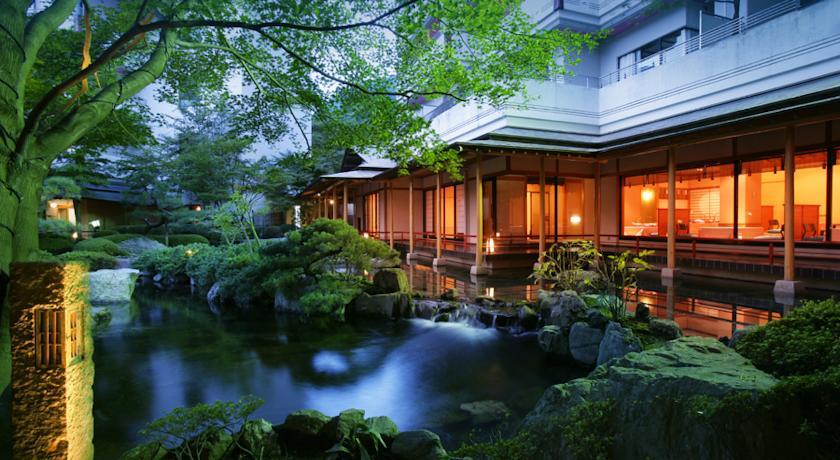
If traveling in the summer, the hotel reservation is also easy because you can rent any accommodation in Nikko city or in the village of Onsen Chuzenji. However, if you pre-booking hotel online, it will be easier, and you just only need to find the way to your hotel. You can also use the tourist services to rent a guesthouse that included a car to go there. If you rent a room in the Western style then the room is evaluated according to 5 star standard. If you rent a room in Japanese style, there are two types of “ryokan” and “minshuku”, usually endows for two or more people and they will also serve the breakfast, very wonderful. In ryokan there is also “Onsen ryokan”, includes hot springs pool. If the inn does not have a hot bath, they will send you to a place that offers this service at a very cheap price.

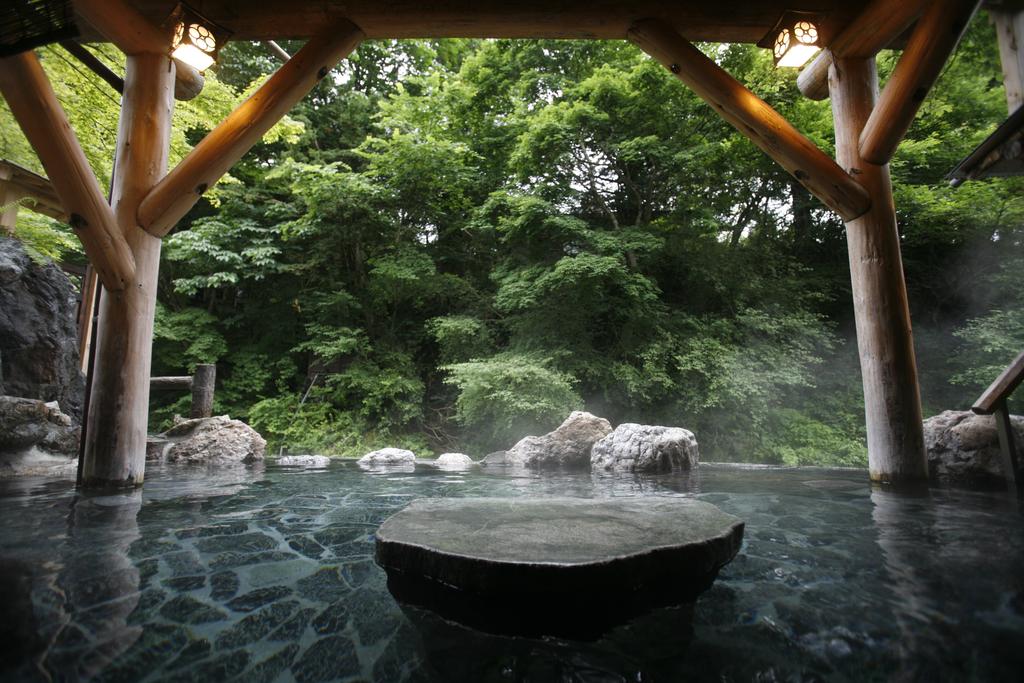

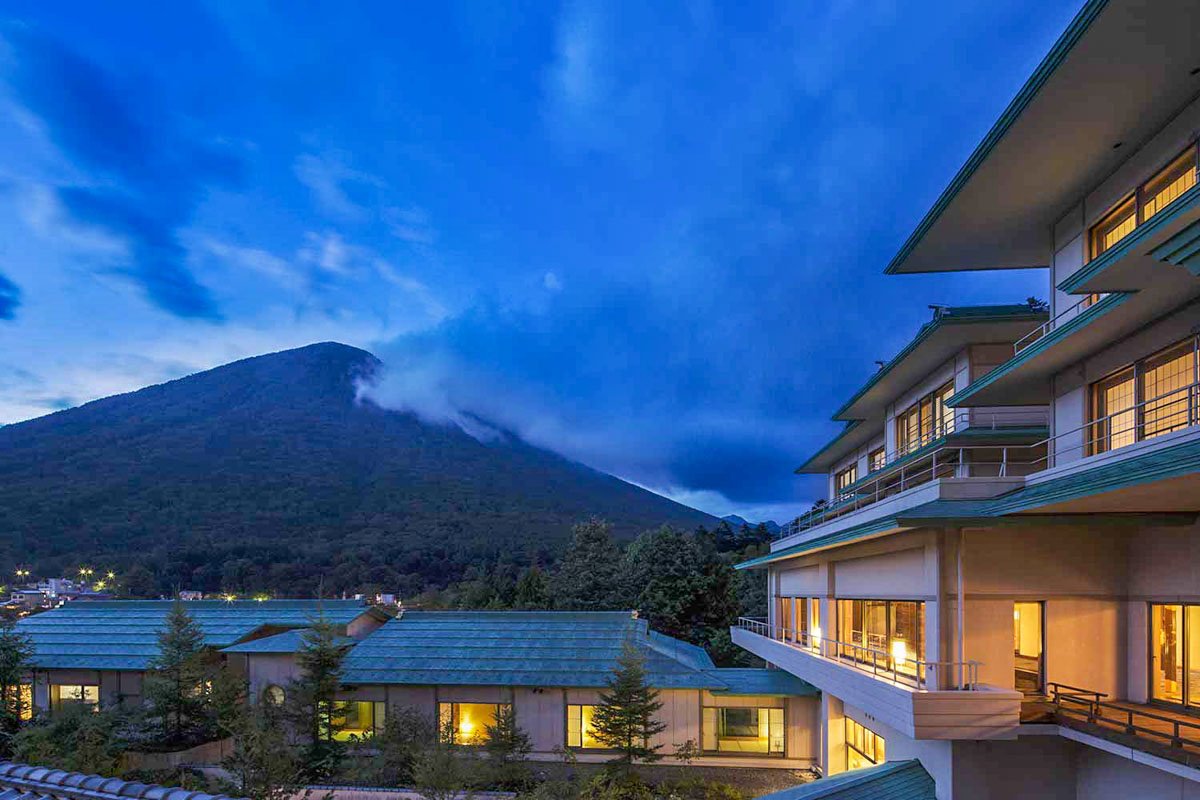
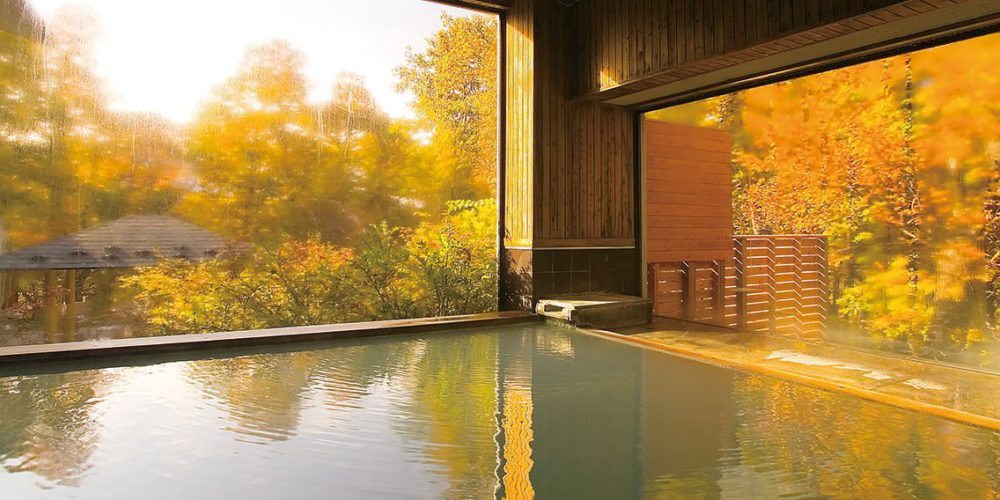
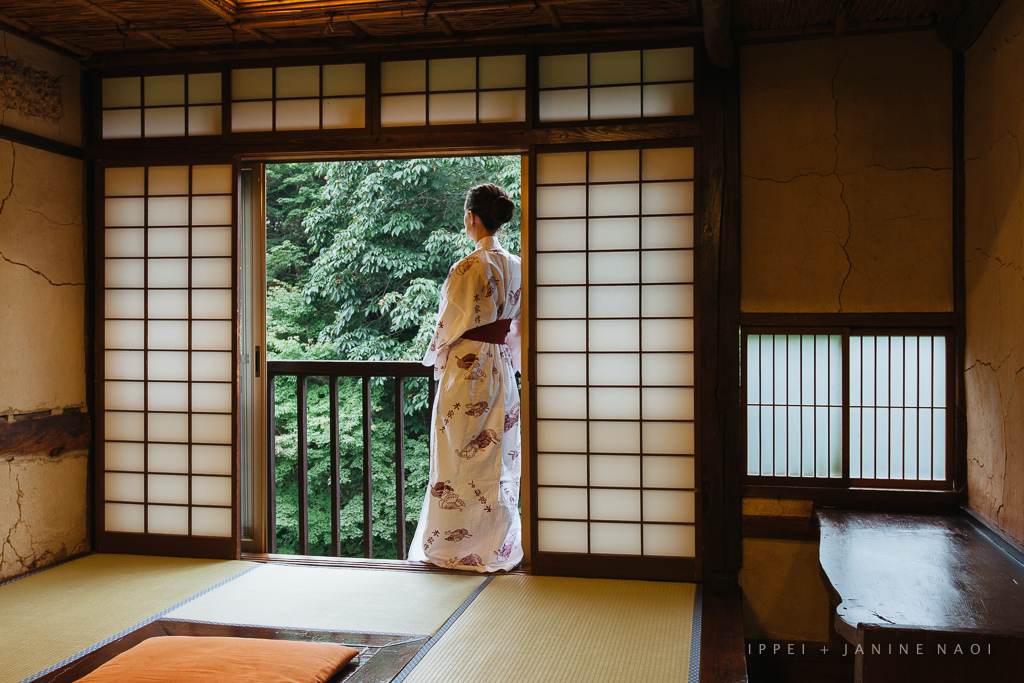
Below are some best cheap, budget, mid-range and upscale hotels with good ratings and reviews you can refer to.
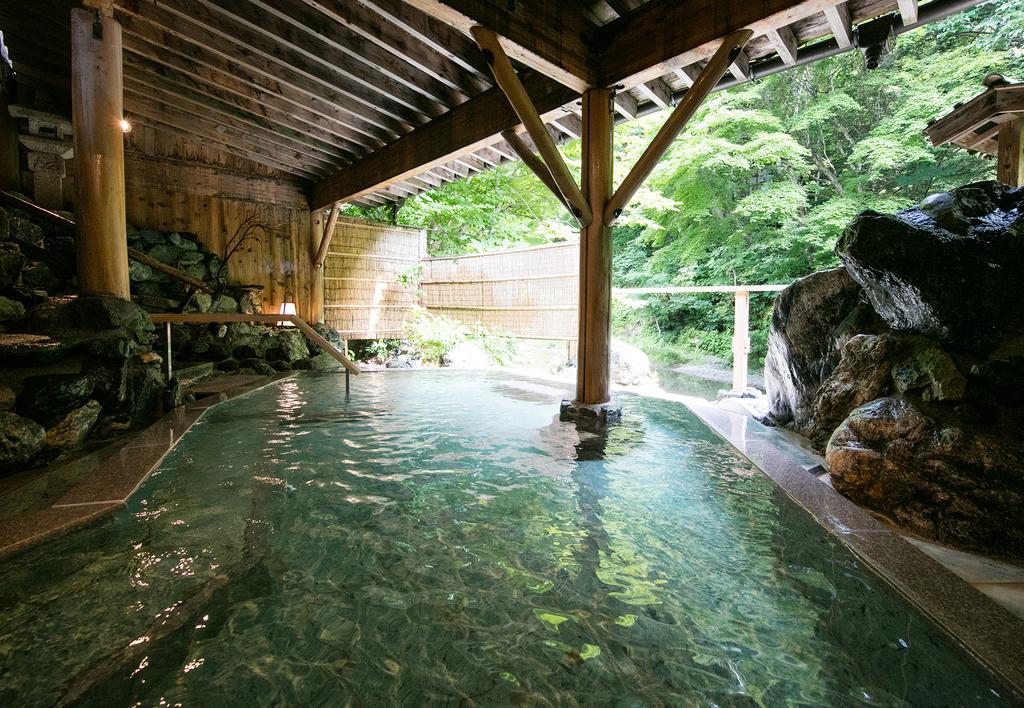
- Asaya (Address: 813 Kinugawaonsentaki, Nikko, Tochigi 321-2526, Japan / Phone: +81 288-77-1111), a 5-star hotel with room rates from $174/night. (Check rates and reviews on Agoda.com or Booking.com).
- Honke Bankyu (Address: 749 Yunishigawa Onsen, Nikko, Tochigi 321-2601, Japan / Phone: +81 288-98-0011), a 5-star hotel with room rates from $277/night. (Check rates and reviews on Agoda.com or Booking.com).
- Kinugawa Onsen Hotel (Address: 545 Kinugawaonsentaki, Nikko, Tochigi 321-2592, Japan / Phone: +81 288-77-0025), a 4-star hotel with room rates from $126/night. (Check rates and reviews on Agoda.com or Booking.com).
- Nikko Senhime Monogatari (Address: 6-48 Yasukawacho, Nikko, Tochigi 321-1432, Japan / Phone: +81 288-54-1010), a 4-star hotel with room rates from $240/night. (Check rates and reviews on Agoda.com or Booking.com).
- Minshuku Rindou-no-ie (Address: 1462 Tokorono, Nikko, Nikko, Japan, 321-1421), a guesthouse with room rates from $34/night. (Check rates and reviews on Agoda.com or Booking.com).
- Stay Nikko Guesthouse (Address: 2 Chome-360-13 Inarimachi, Nikko, Tochigi 321-1411, Japan / Phone: +81 288-25-5303), a guest house with room rates from $61/night. (Check rates and reviews on Agoda.com or Booking.com).
- Nikko Kanaya Hotel (Address: 1300, 上鉢石町 Nikko, Tochigi 321-1401, Japan / Phone: +81 288-54-0001), a 4-star hotel with room rates from $135/night. (Check rates and reviews on Agoda.com or Booking.com).

You can find, check rates, availability & booking for Nikko hotels on Agoda.com or Booking.com.
Nikko travel blog: Best places to visit, top and best things to do in Nikko
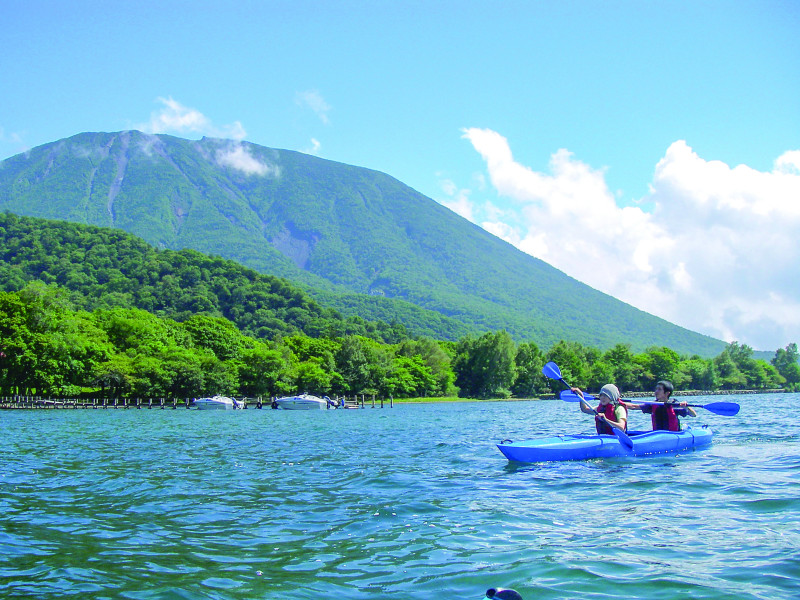
Places to visit in Nikko are divided into two areas: Temples, Shrines and Pagodas Region, Okunikko Region.
Temples, Shrines and Pagodas area
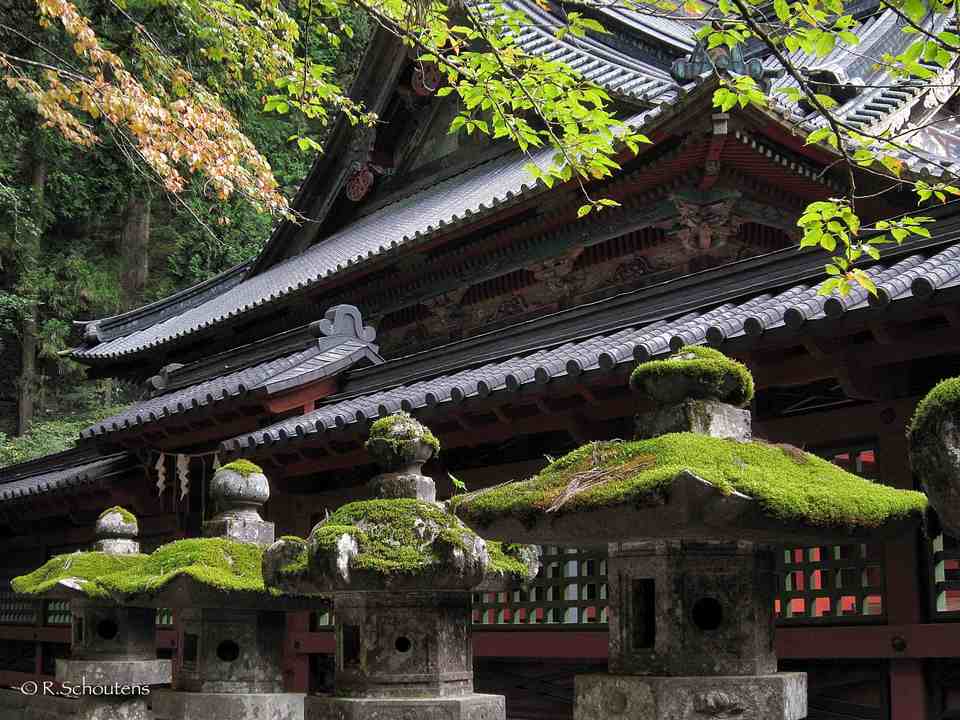
The complex of temples and pagodas in Nikko was mostly built in the 17th century. It is dubbed as the “Summer Palace of Japan” because of its unique architecture, elaborately crafted by the most skilled craftsmen in Japan. 9 national treasures, add with 94 valuable cultural assets of Japan and the whole complex is located between the mountains and forests, with lush green trees, buds and leaves around the year. The beautiful poetic scenery, especially in the autumn, you can admire yellow and red leaves, the beautiful breathtaking scenery will “stole your heart”. This area is often called by the Japanese as “2 temples and 1 pagoda” because coming here you will have to visit two Shinto shrines are
Nikko Tosho-gu, Futarasan and one Buddhist Pagoda is Rinno.
Nikko Toshogu Shrine (Nikkō Tōshō-gū)
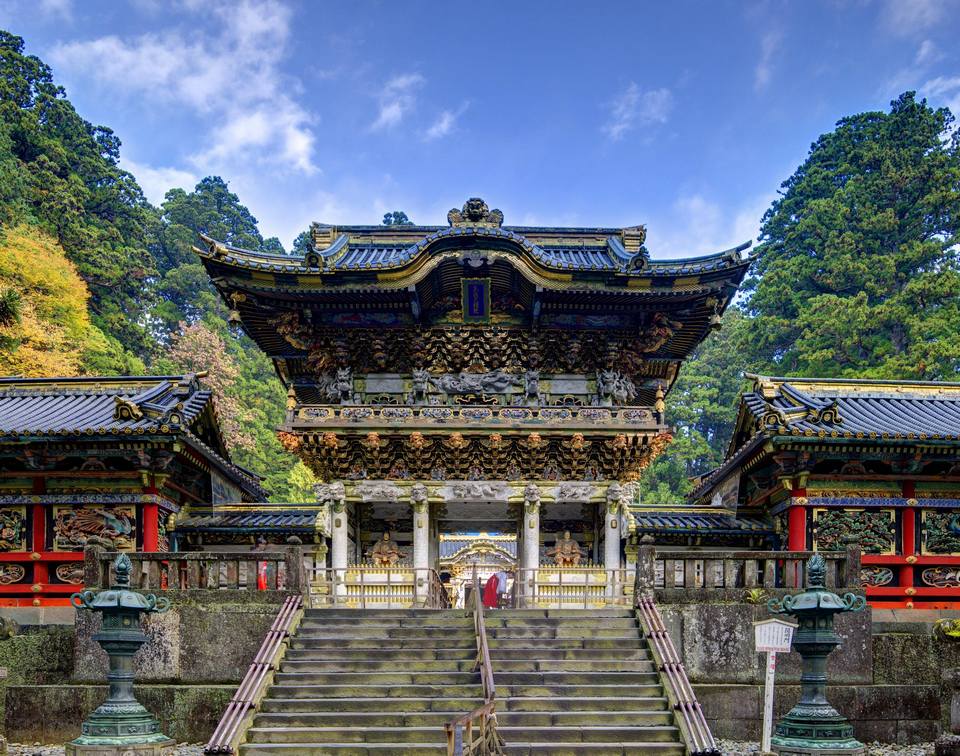
The most magnificent shrine in Japan with a history of more than 400 years, is home to worship Shogun (General) Tokugawa Ieyasu, located in the high pine forest in the city of Nikko. Talking about Nikko, who understands Japanese history, they immediately thought of Nikko Toshogu Shrine, one of the most beautiful and sacred shrines in Japan, which was recognized as World Cultural Heritage by UNESCO in 1999.


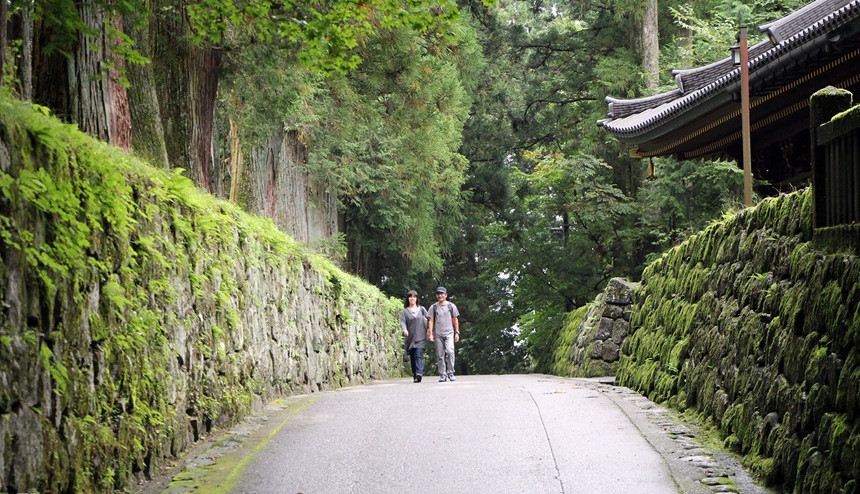
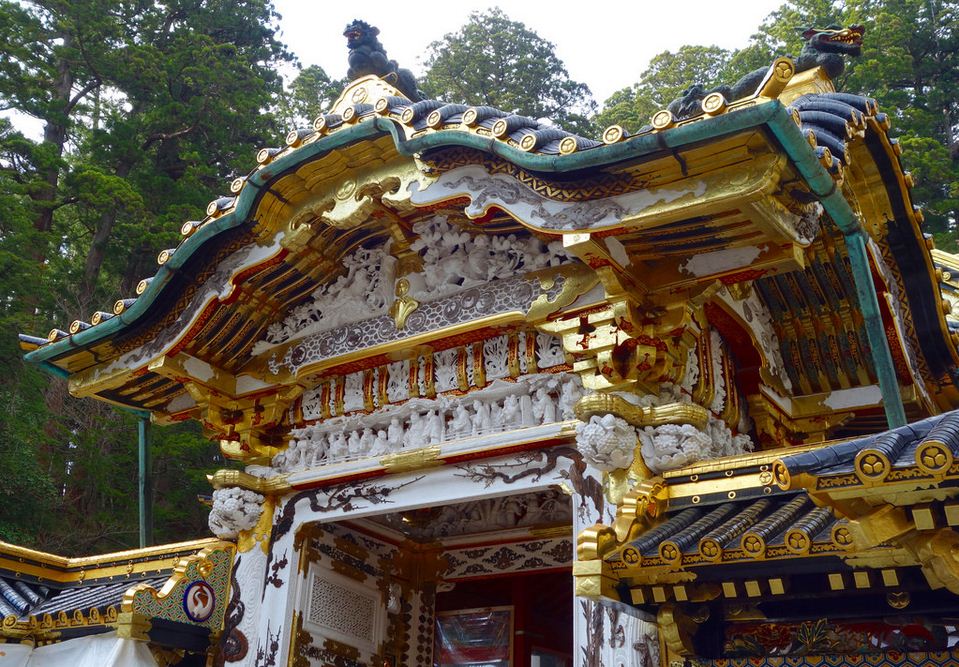
After Shogun Tokugawa Ieyasu died in 1616, his son Masatsuna Matsudaira built the shrine of Nikko Toshogu, and he started planting Japanese cedar along the main road leading to Nikko Toshogu. It is estimated that there are about 200.000 cedar trees planted on this occasion. The number of trees is decreasing and there are currently only 13.000 trees. More than 4 million workers worked in 1 and a half years to complete this temple complex with extremely elaborate architecture. When set foot in the temple, visitors will feel the fresh and cool air from ancient trees over 400 years old surrounding the temple. Visitors must use clean water to wash their hands, wash their face, purify the body before starting to visit the campus of shrine.
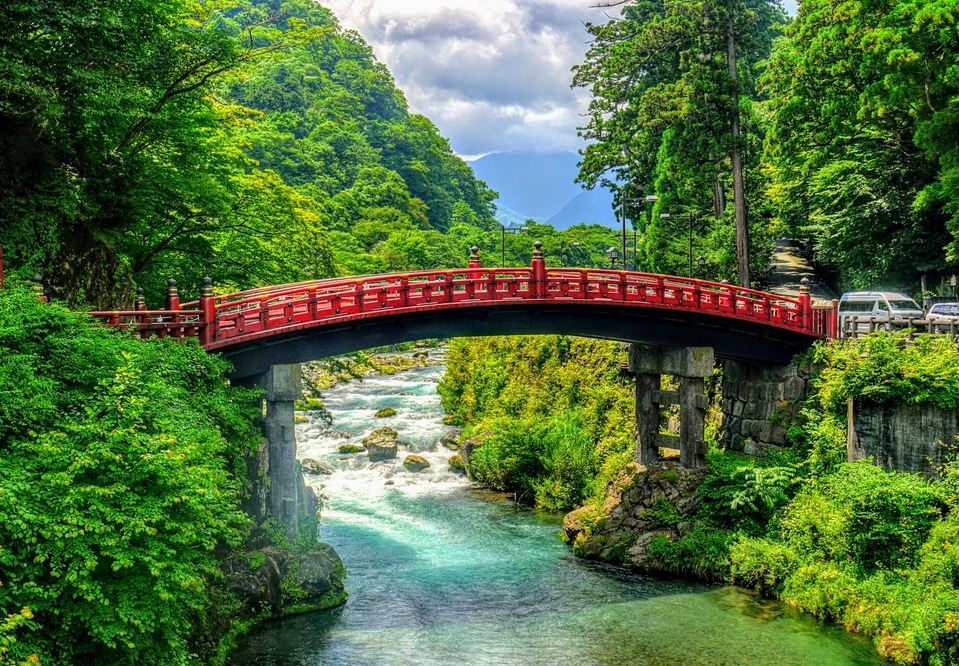
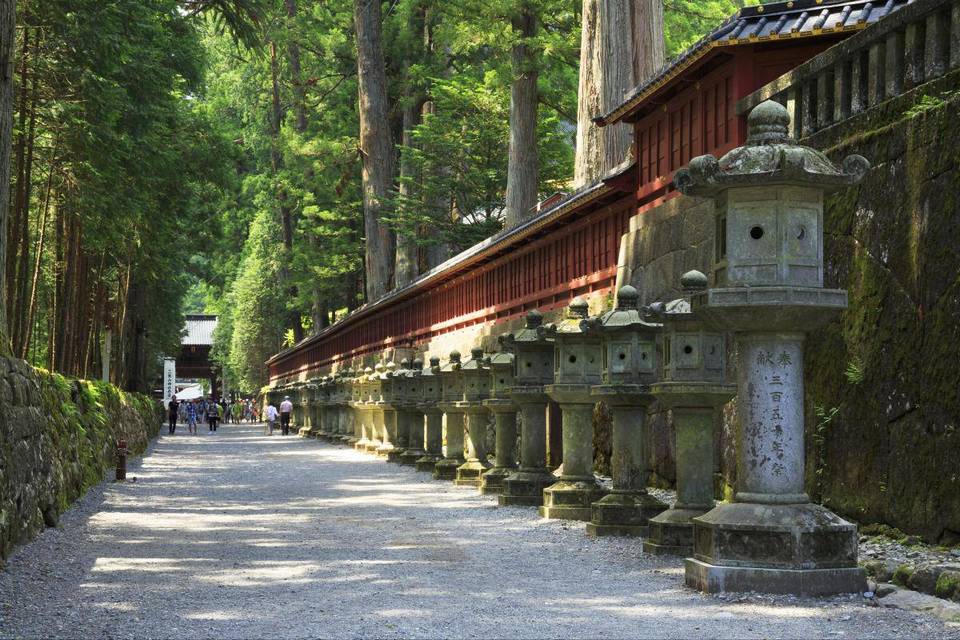
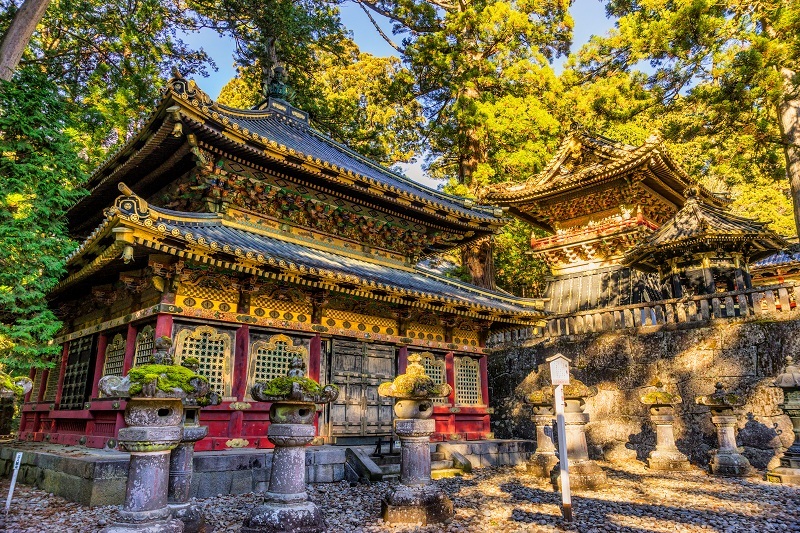
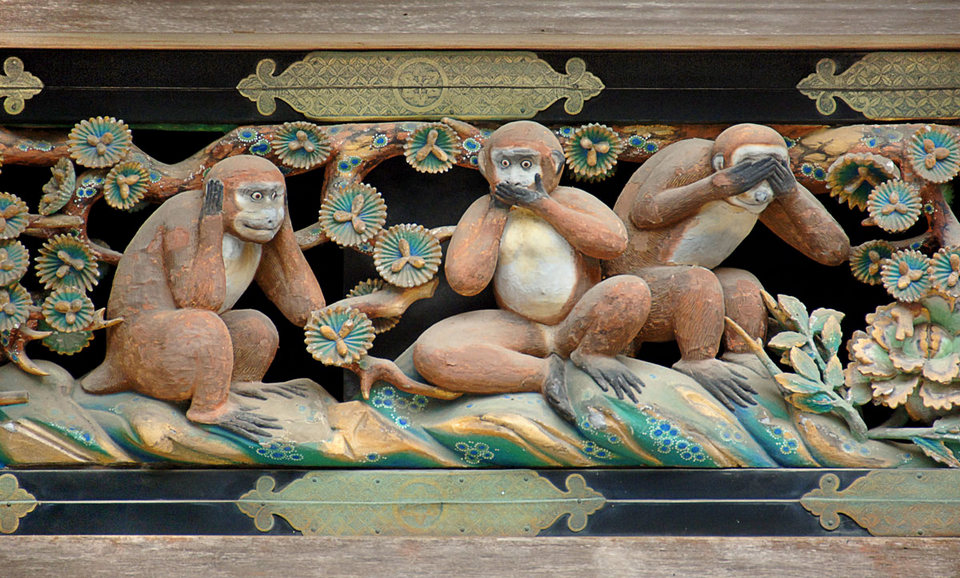
Not only famous for its exquisite and unique architecture, this place is also considered one of the most beautiful spots to admire red leaves, yellow leaves in the Kanto region. If you visit here on this summer, and exactly on 17th and 18th of May every year, your family will witness a spectacular festival with thousands of armored soldiers, pretending to be samurai, horse riding and bring archery. Overall it is worth the trip.
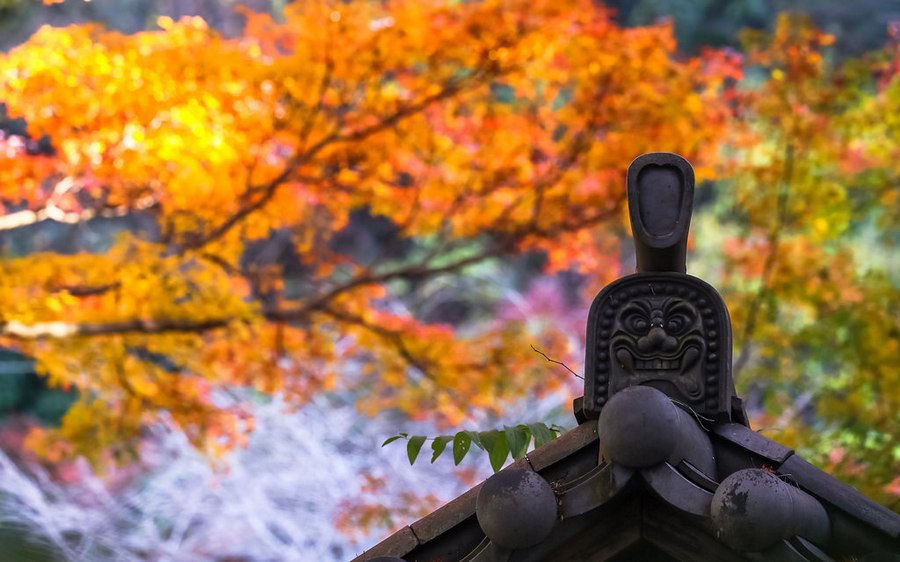
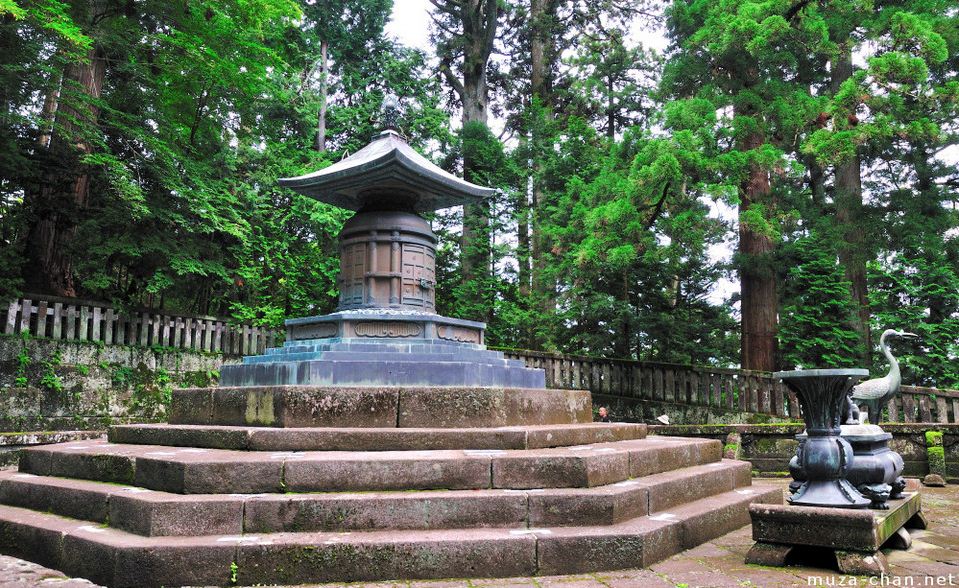
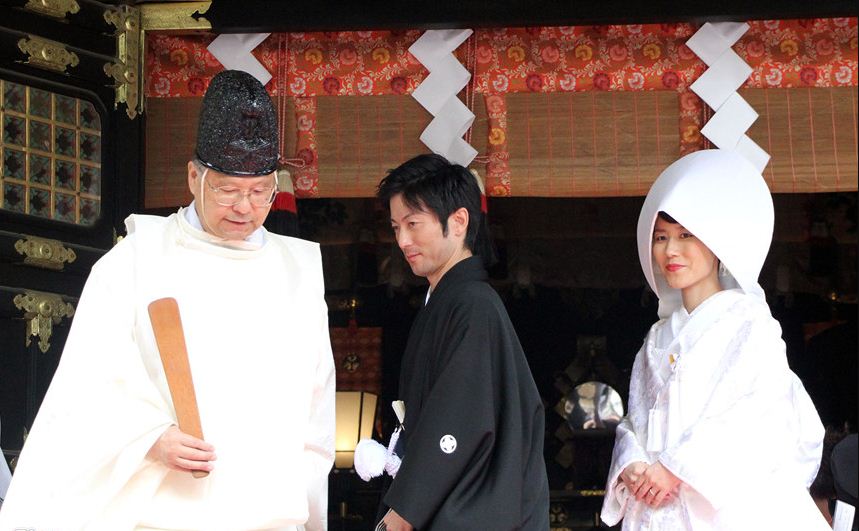
Address: 2301 Sannai, Nikko, Tochigi Prefecture 321-1431, Japan
Phone: +81 288-54-0560
Opening hours: 8:00 to 17:00 (before 16:00 from November to March). Admission ends 30 minutes before closing
Ticket price: ¥1300 (shrine), ¥1000 (museum), ¥2100 (shrine and museum)
Getting there: Toshogu and other Nikko temples are located about 30-40 minutes walk or 10 minutes by bus (¥310/trip, ¥500 for monthly pass)
from Tobu and JR Nikko stations.
Nikko Futarasan Shrine (Futarasan jinja)
Futarasan Shrine was built by the zen master legend Shodo Shonin in 767. The shrine is dedicated to the three gods of Shinto: Okuninushi, Tagorihime and Ajisukitakahikone. Much of the architecture of the Futarasan Shrine is recognized as a major cultural asset of Japan, most notably the God Bridge across the Daiya River leading to the shrine. Although not as large as Nikko Tosho-gu, but the shrine’s age is much longer. In the main hall of the temple also display two sword are the national treasures of Japan.
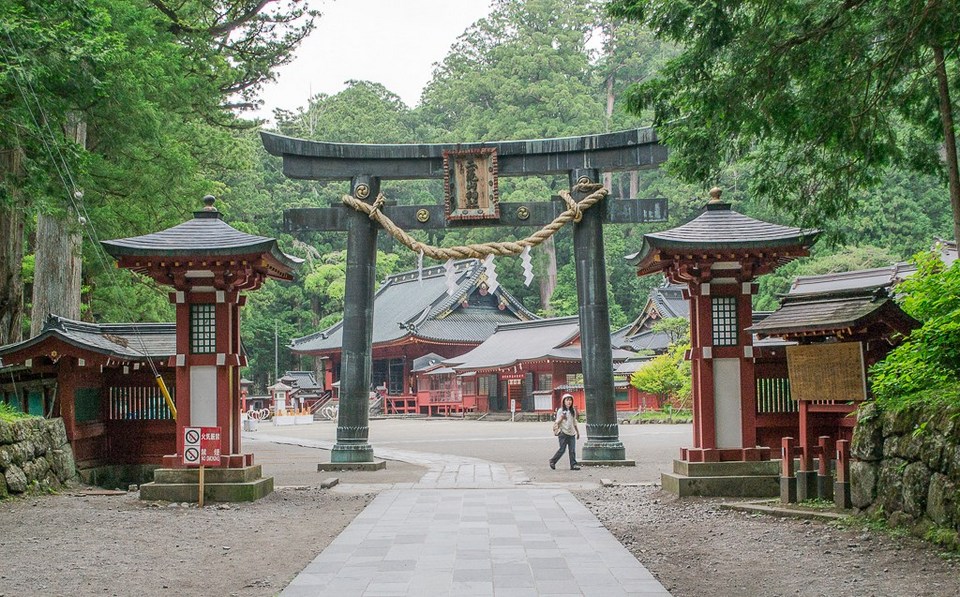
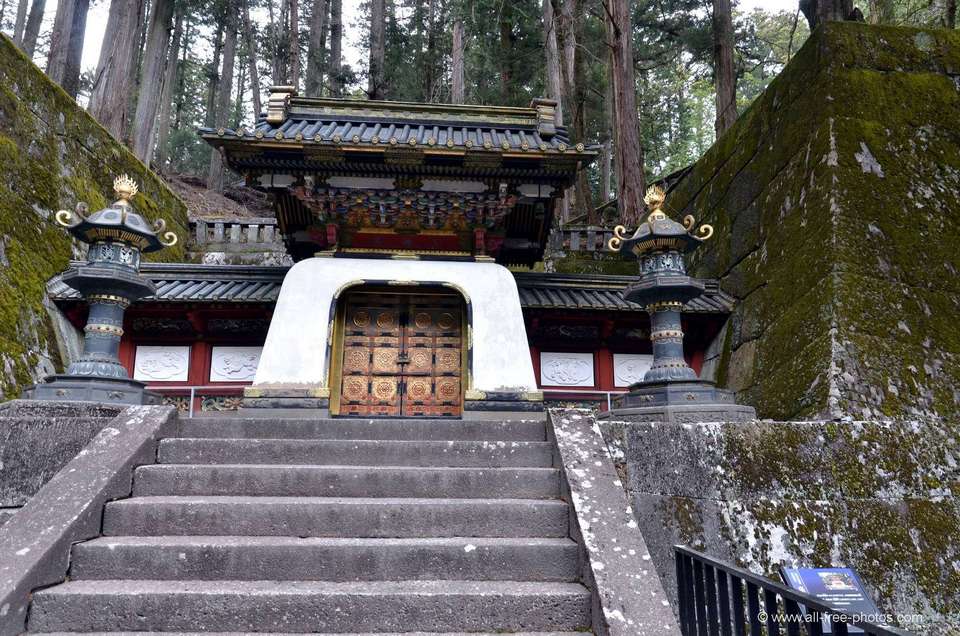
Address: 2307 Sannai, Nikko, Tochigi Prefecture 321-1431, Japan
Phone: +81 288-54-0535
Opening hours: 8:00 to 17:00 (until 16:00 from November through March)
Entrance fee: 200 yen (small paid area)
Rinno-ji Temple
It is one of the most important places of the Nikko temples complex. Built in the 18th century, the temple was built here containing 3 gold Buddha statues higher than 8m extremely sophisticated.
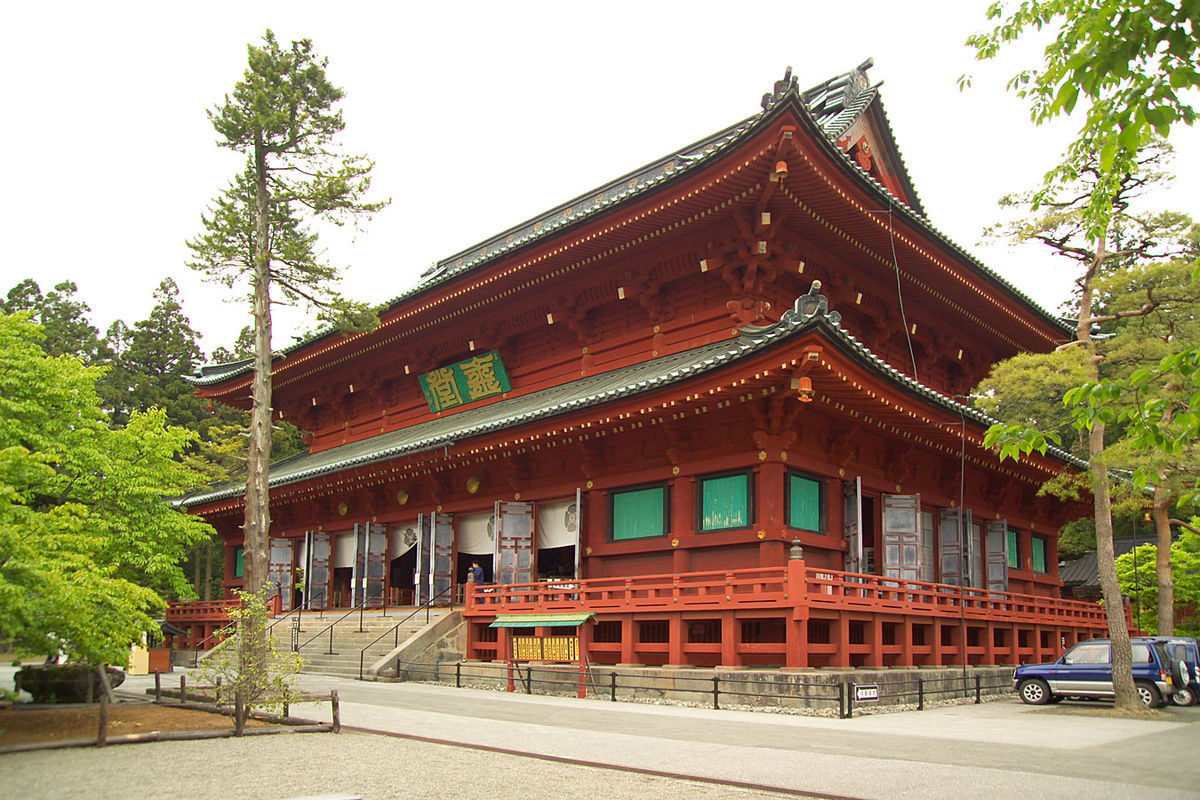
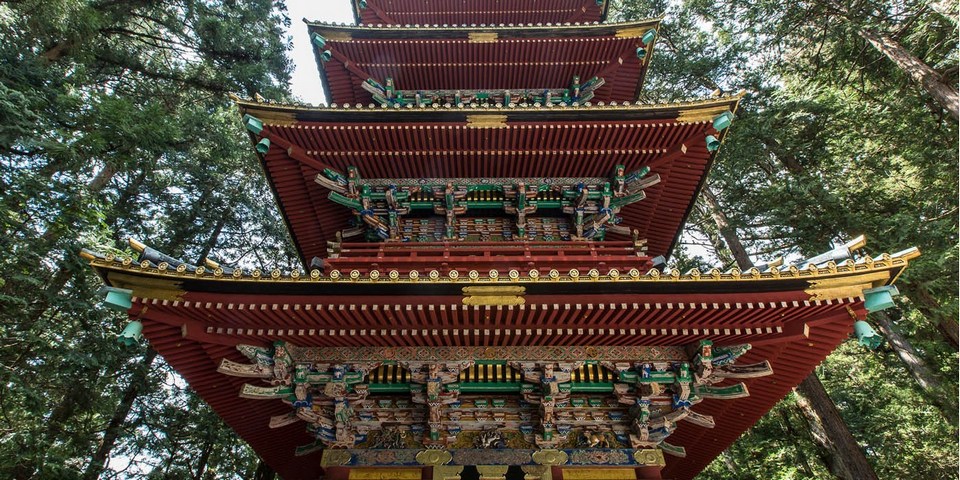
Address: 2300 Sannai, Nikko 321-1431, Tochigi Prefecture
Opening hours: 8:00 to 17:00 (until 16:00 from November through March)
Entrance fee: 400 yen (Sanbutsudo only). 300 yen (Treasure House and Shoyoen Garden)
Getting there: Rinno-ji: It takes about 10 walking from the Shinkyo bus station. To reach the Shinkyo bus station, take 5 minutes from JR /Tobu Nikko Station, take the Tobu bus (direct Chuzenji Onsen or Yumoto Onsen)
Shinkyo Bridge

The Shinkyo Bridge is a distinctive red bridge of Nikko. It is actually located in the Futarasan Temple complex, but is quite far from the main hall. In feudal Japan, only warlords were allowed to cross the Shinkyo Bridge. It is one of the three most beautiful bridges in Japan. In the fall, standing on the bridge to admire the surroundings is one of the greatest things. The scenery is very romantic with the yellow of autumn leaves
and water flowing under the Daiya River.

Nikko Botanical Garden

Nikko Botanical Garden was built in 1902 for the purpose of collecting and researching the plants on the mountains. This is a garden under the management of the University of Tokyo, as a research center for plants.
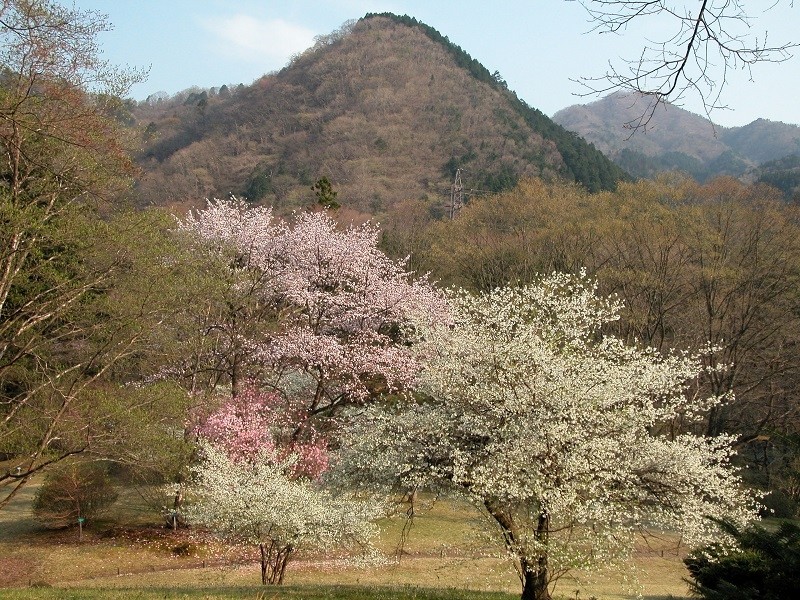
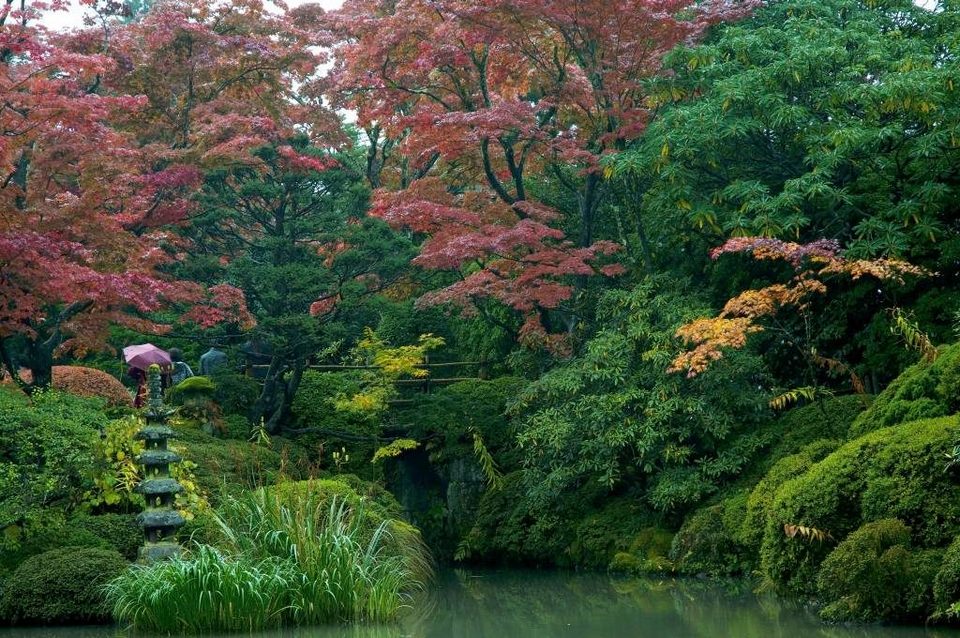
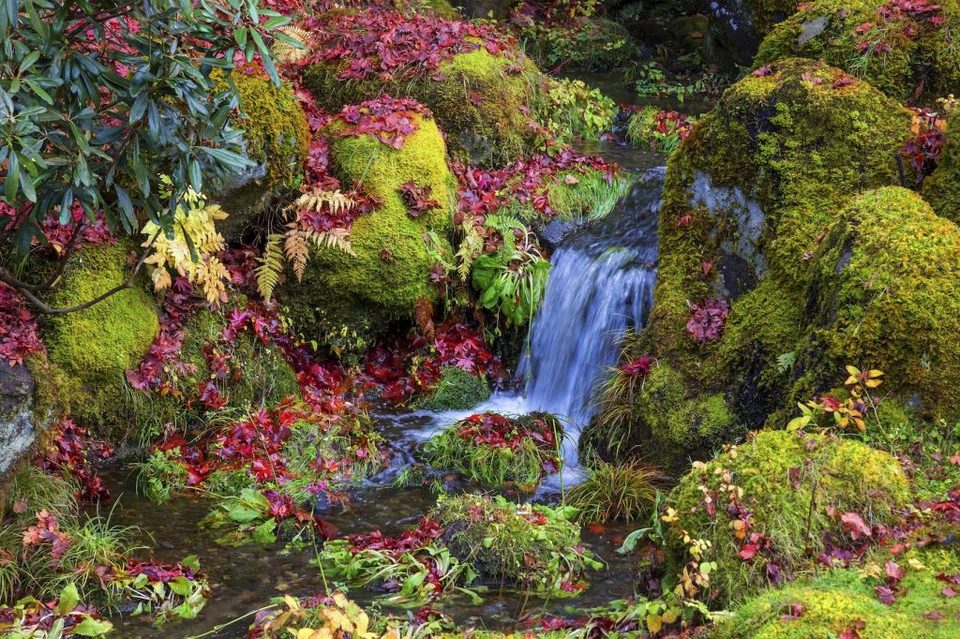
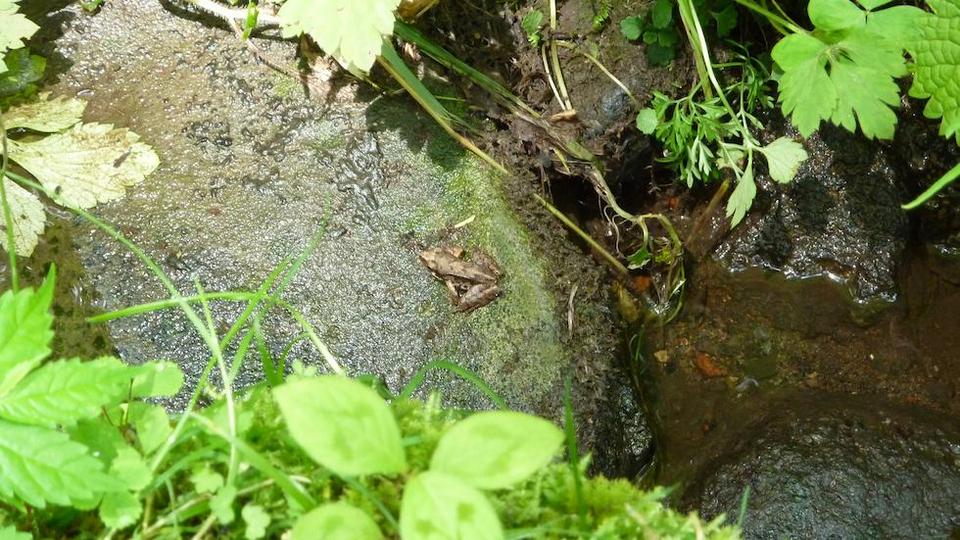































![10 best airports in Asia in 2016 [RANKED] kuala-lumpur-international-airport-best airports in asia in 2016 by skytrax ratings](https://livingnomads.com/wp-content/uploads/2016/08/29/kuala-lumpur-international-airport-best-airports-in-asia-in-2016-by-skytrax-ratings-218x150.jpg)









